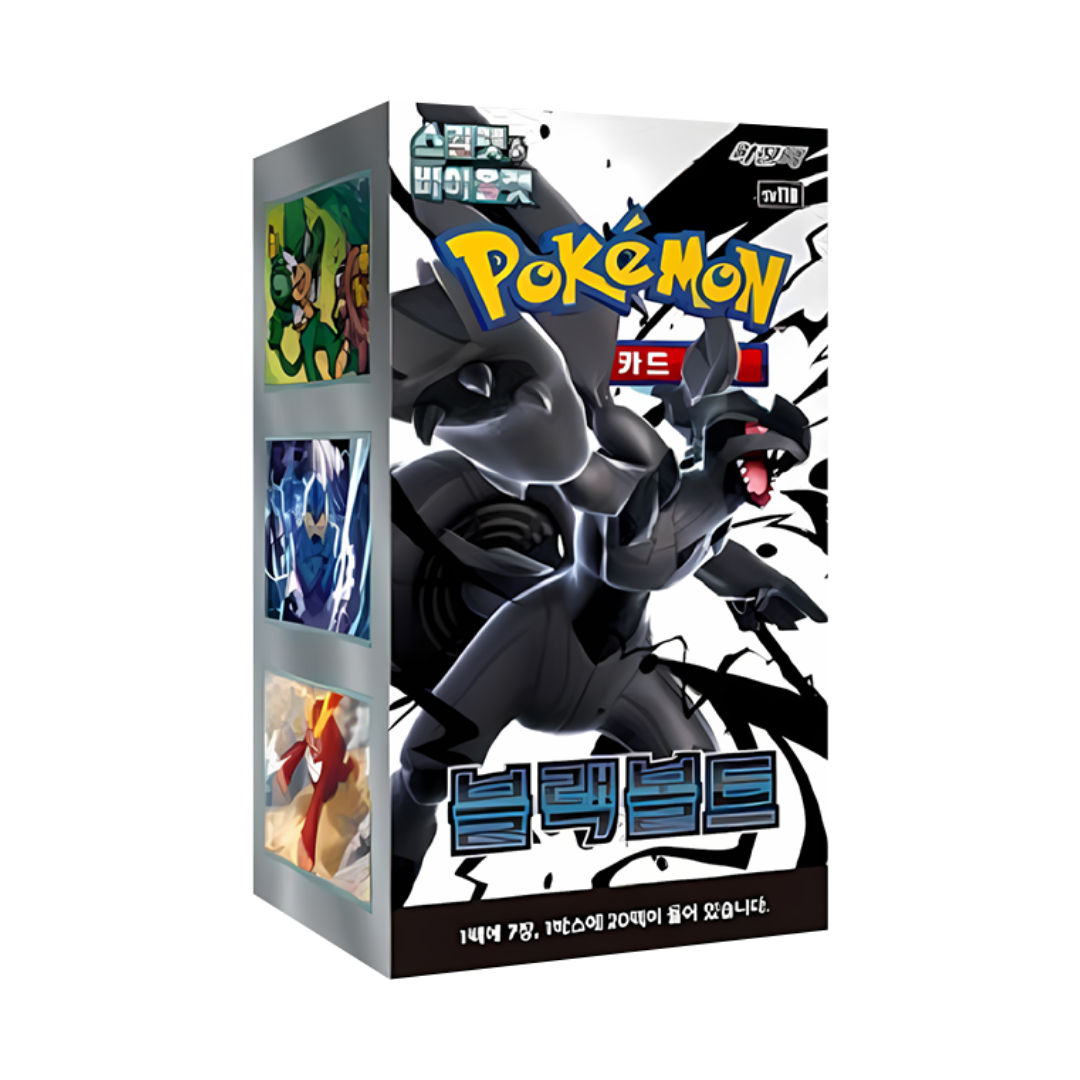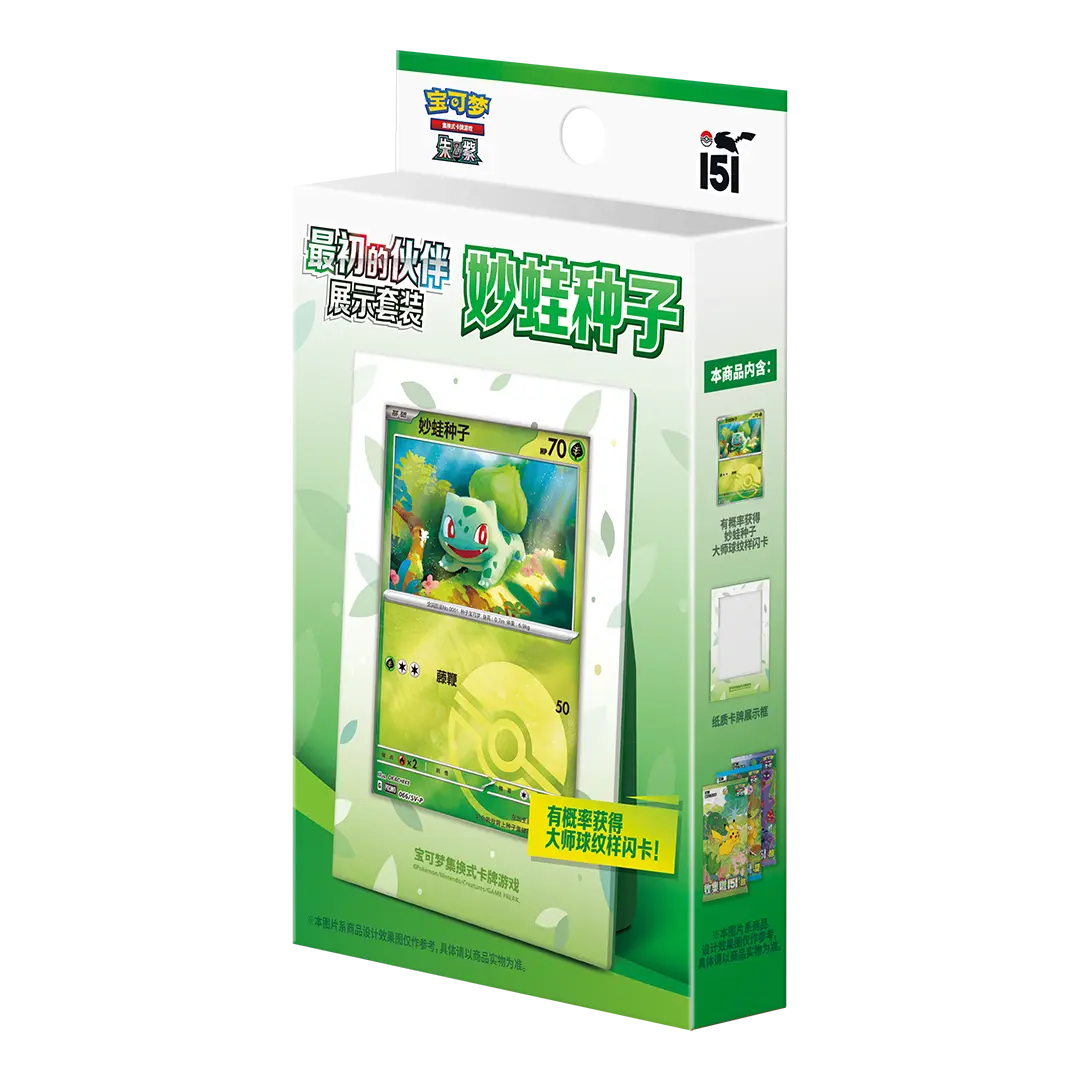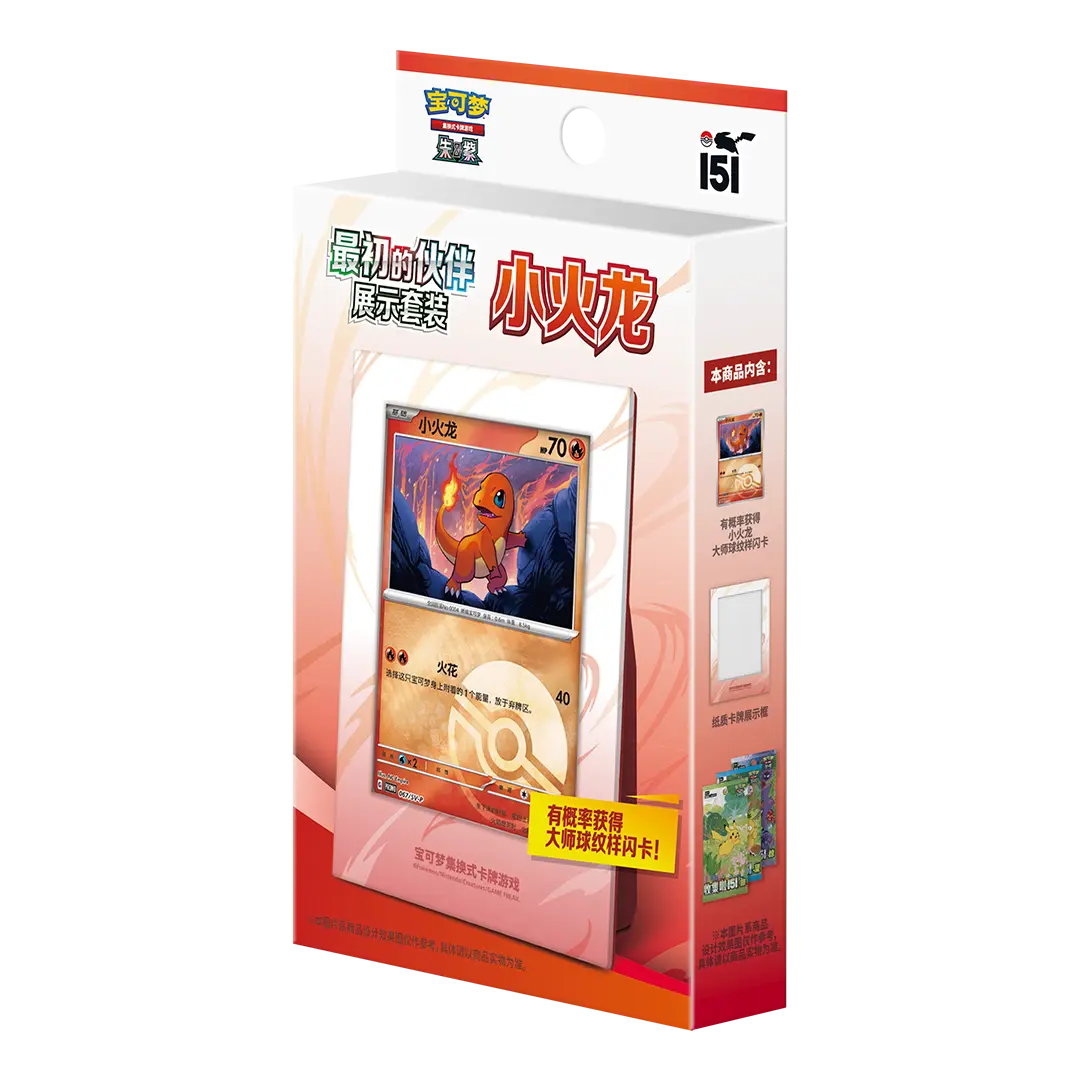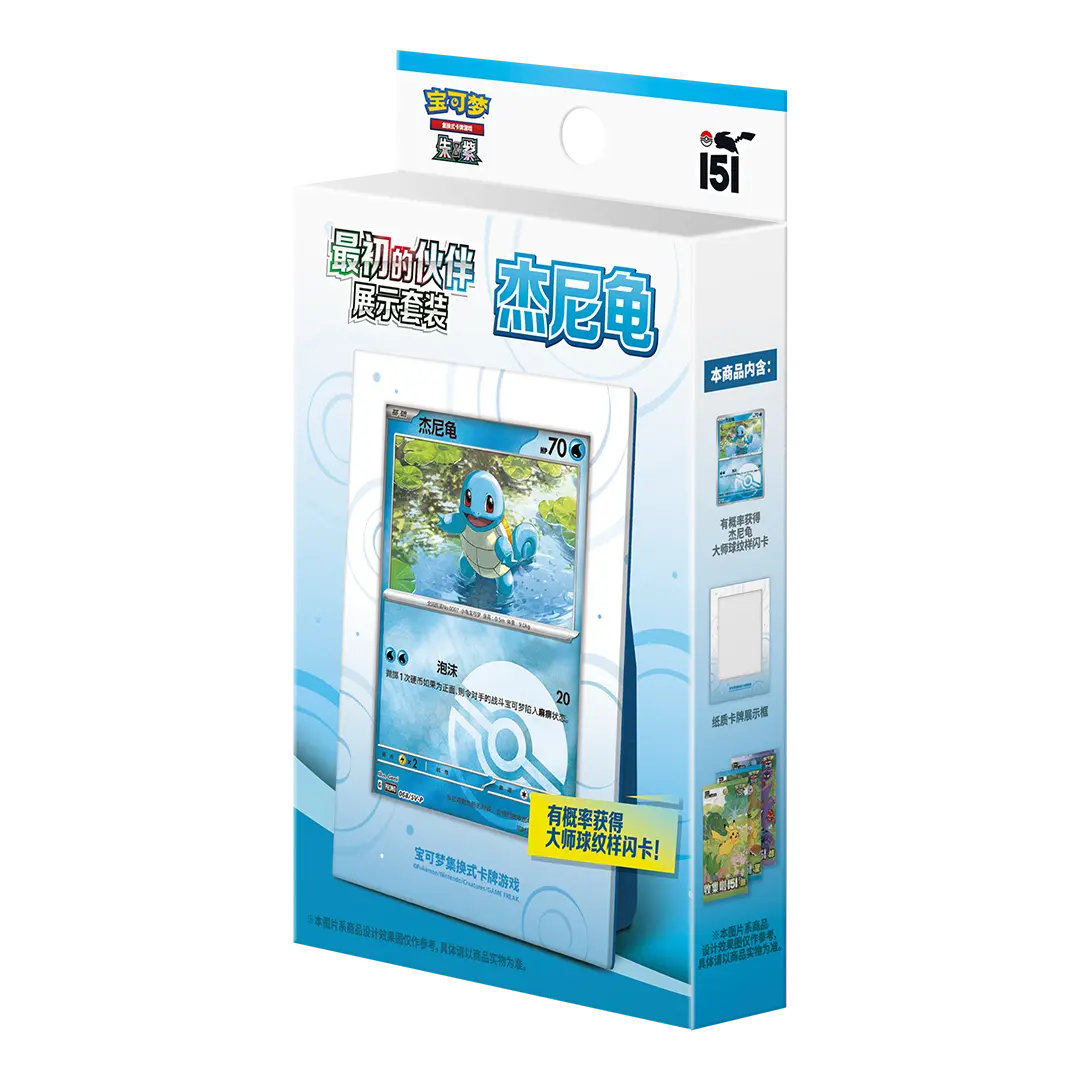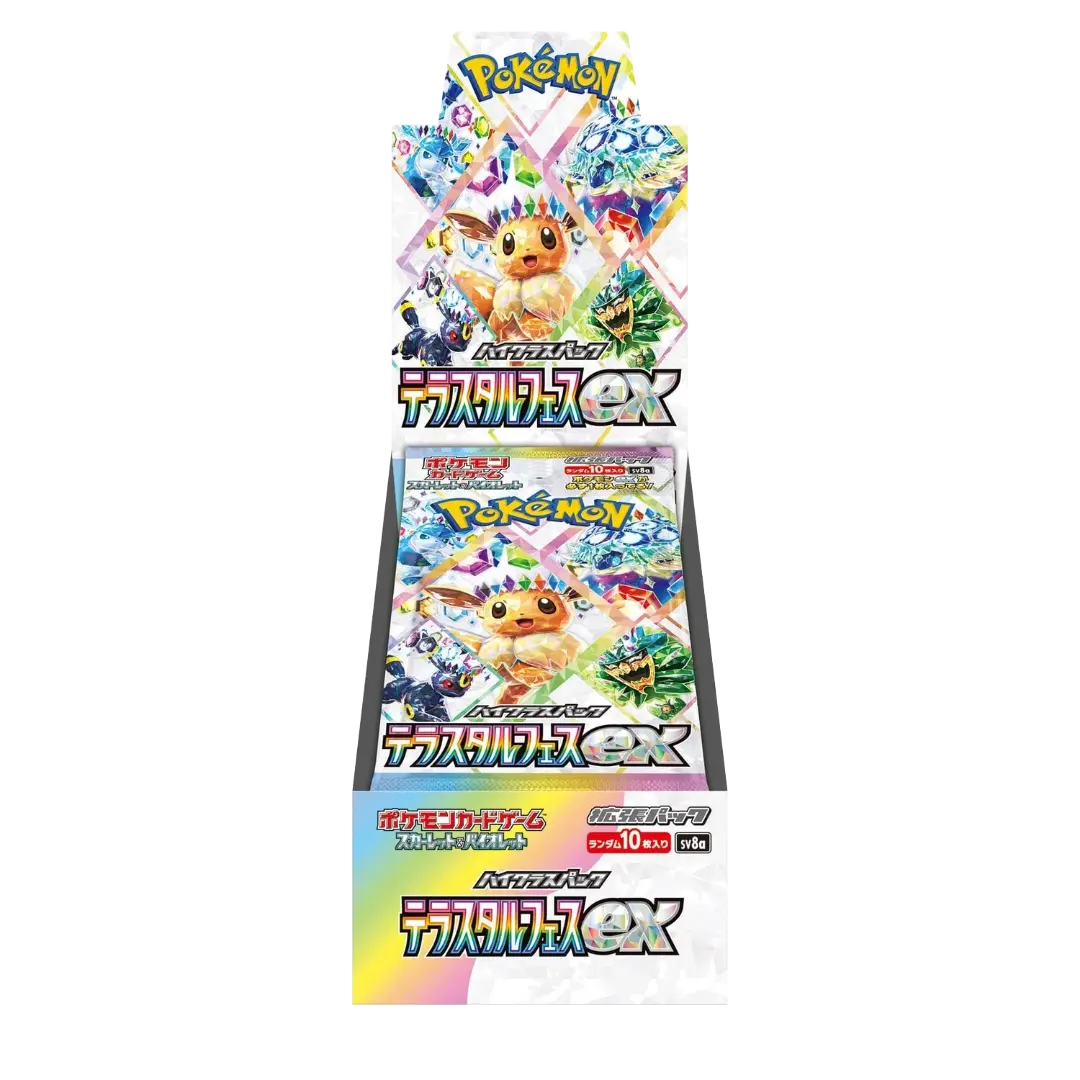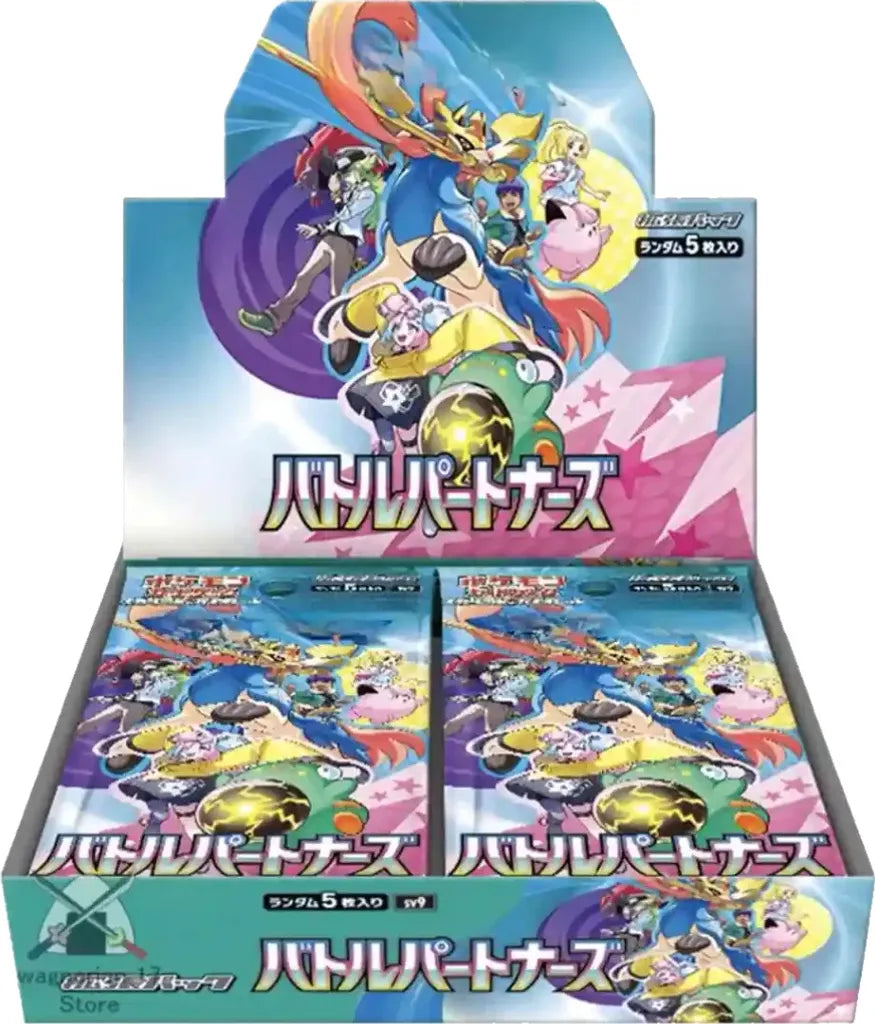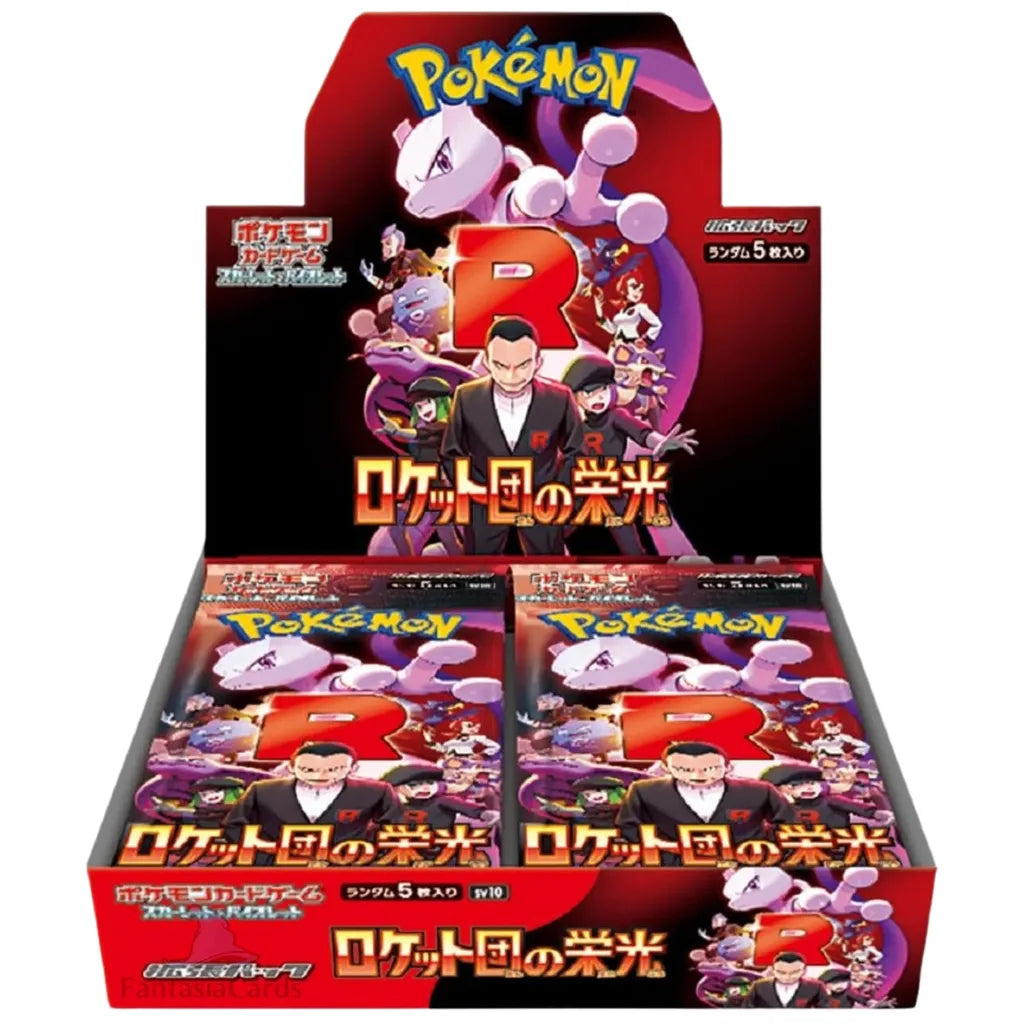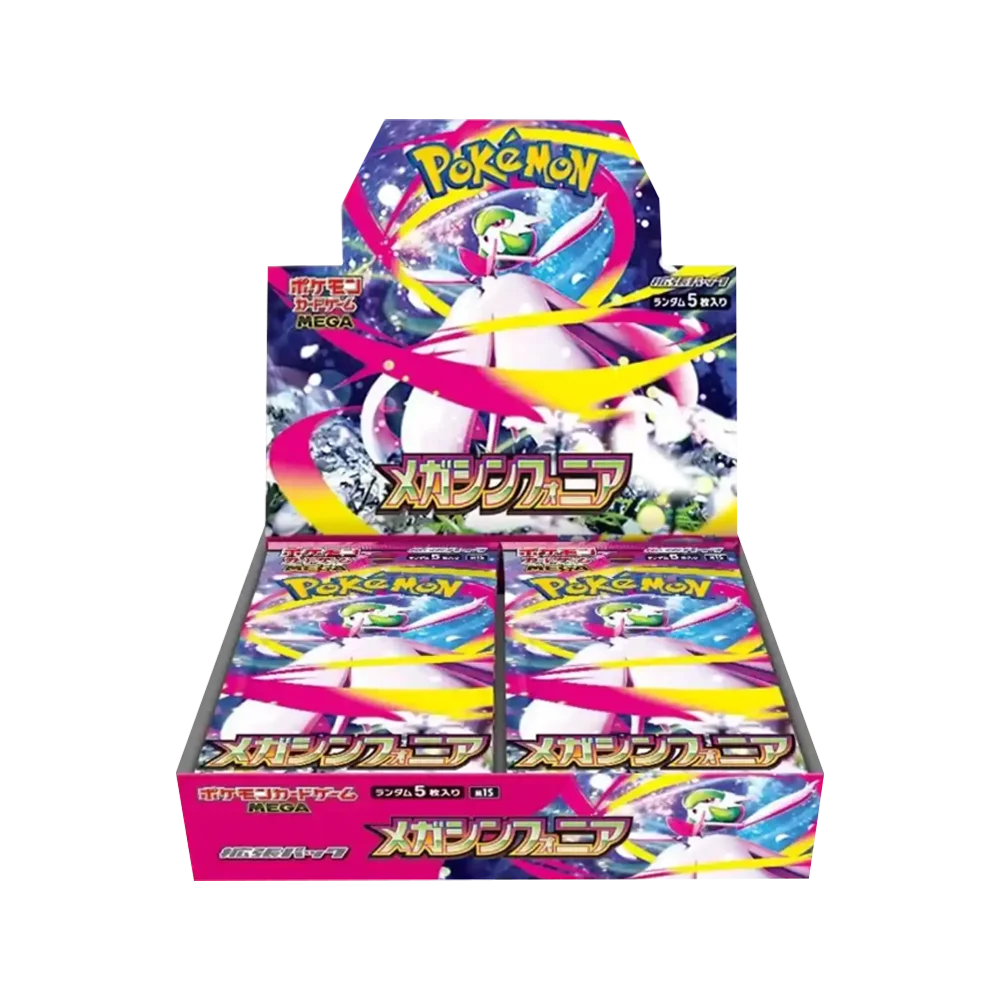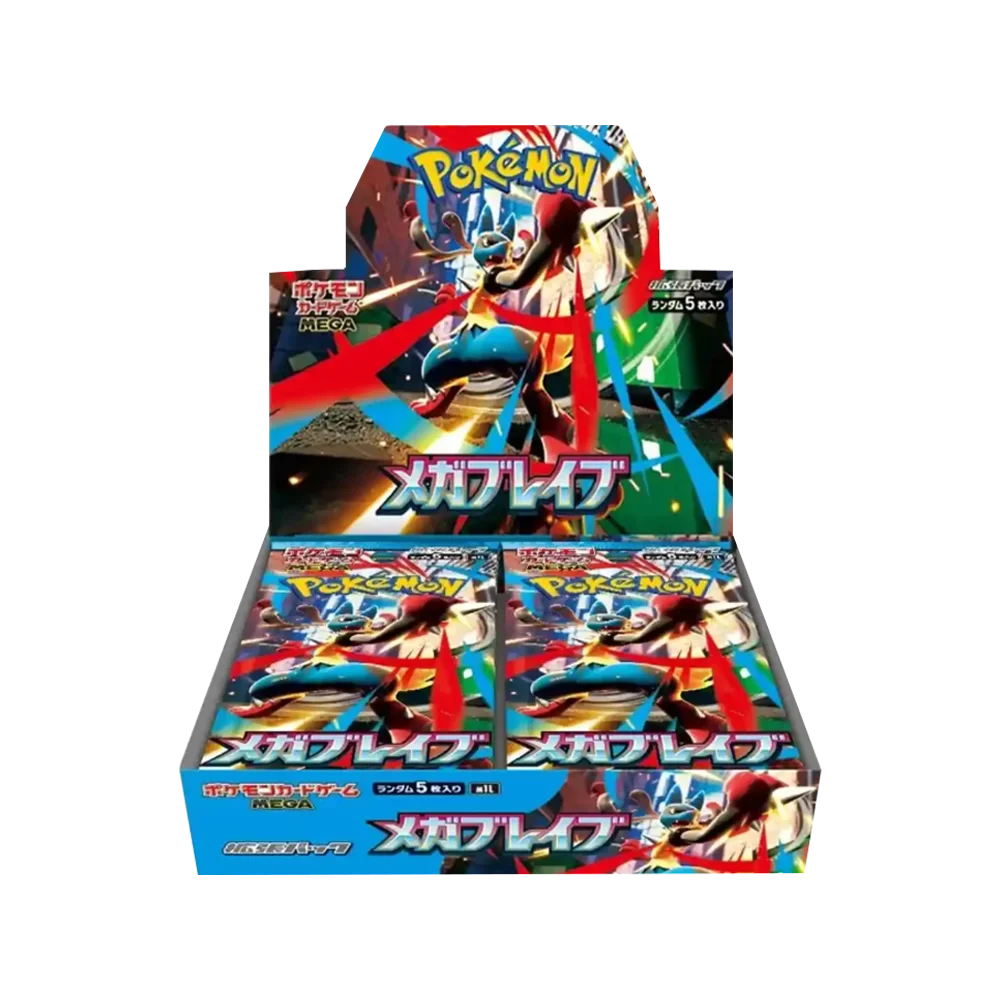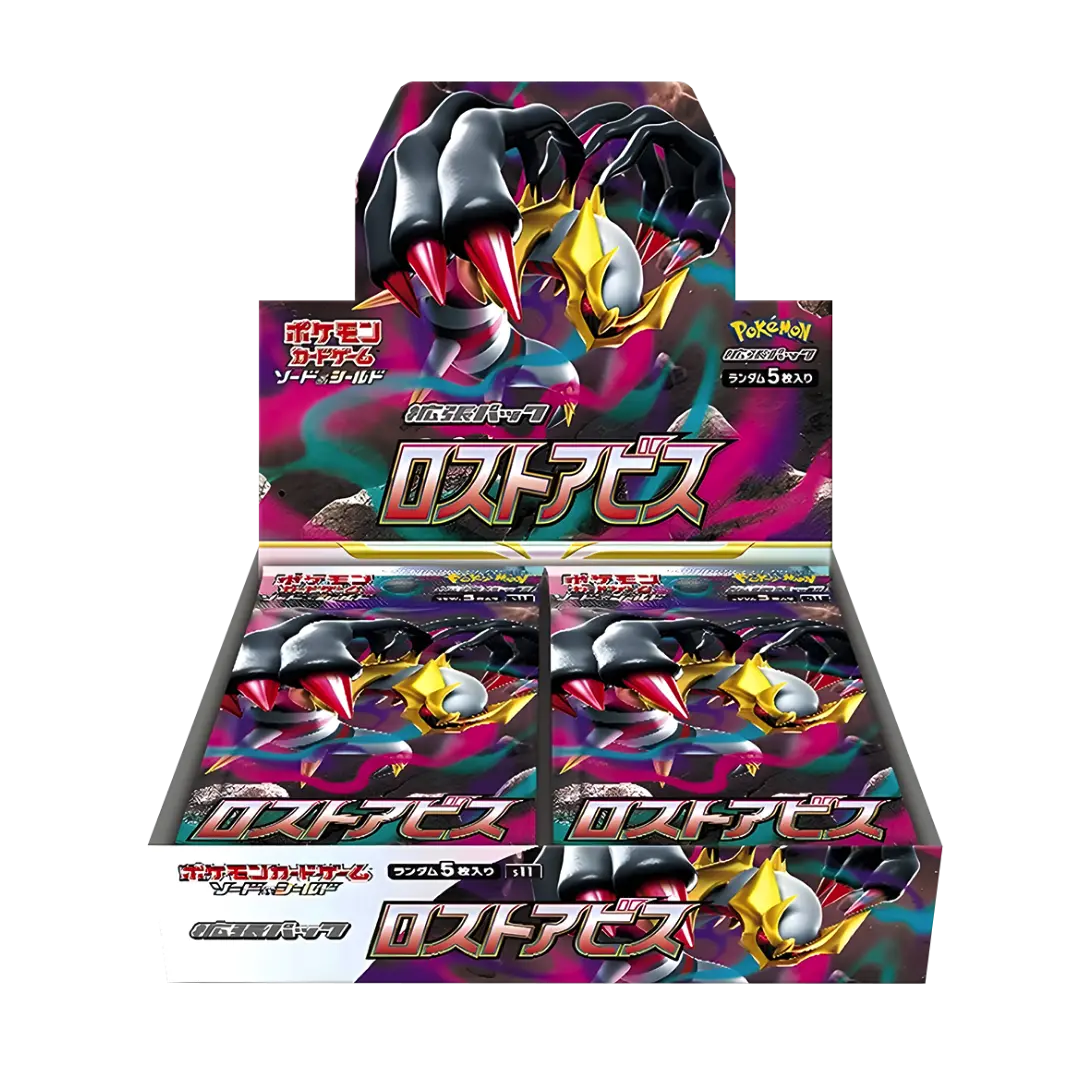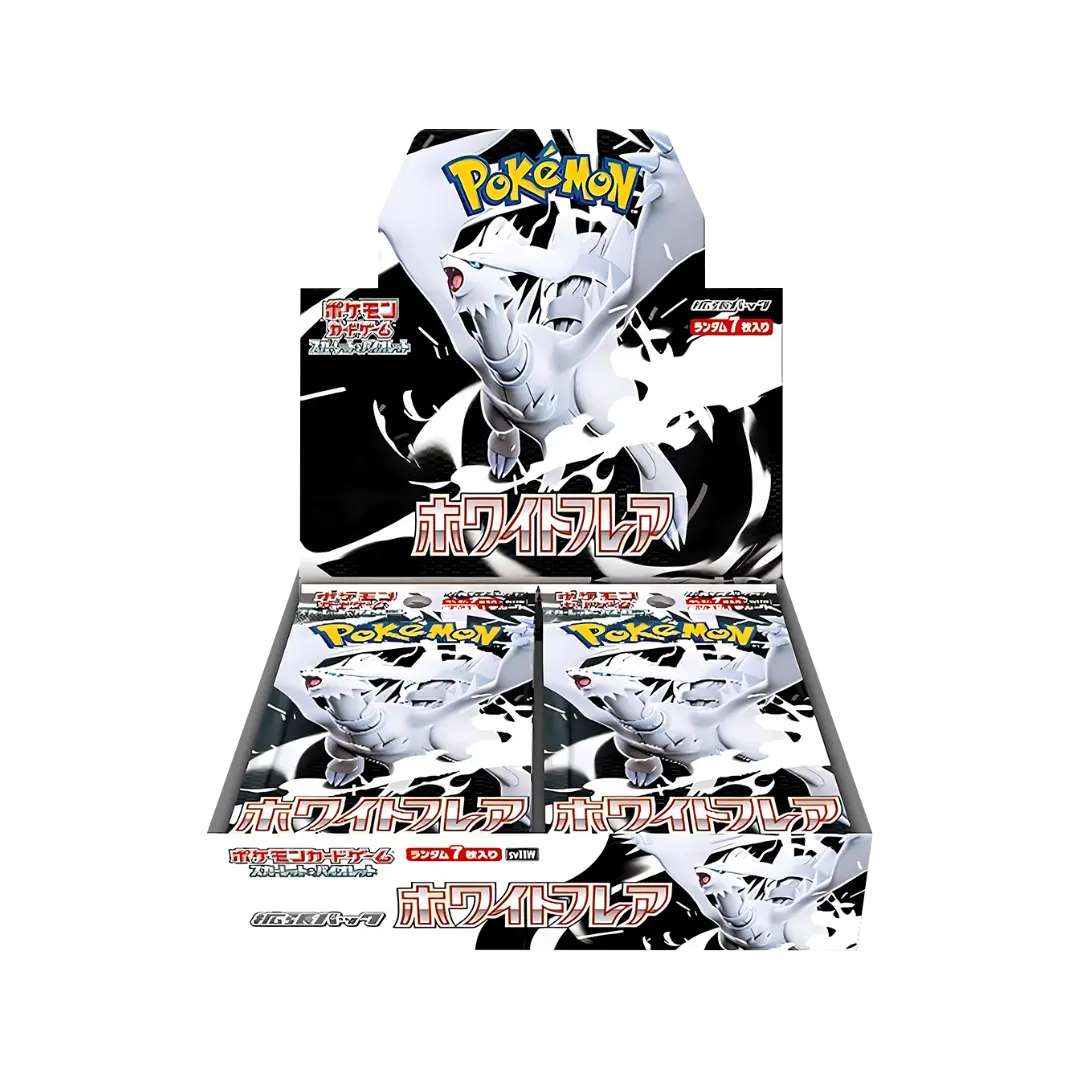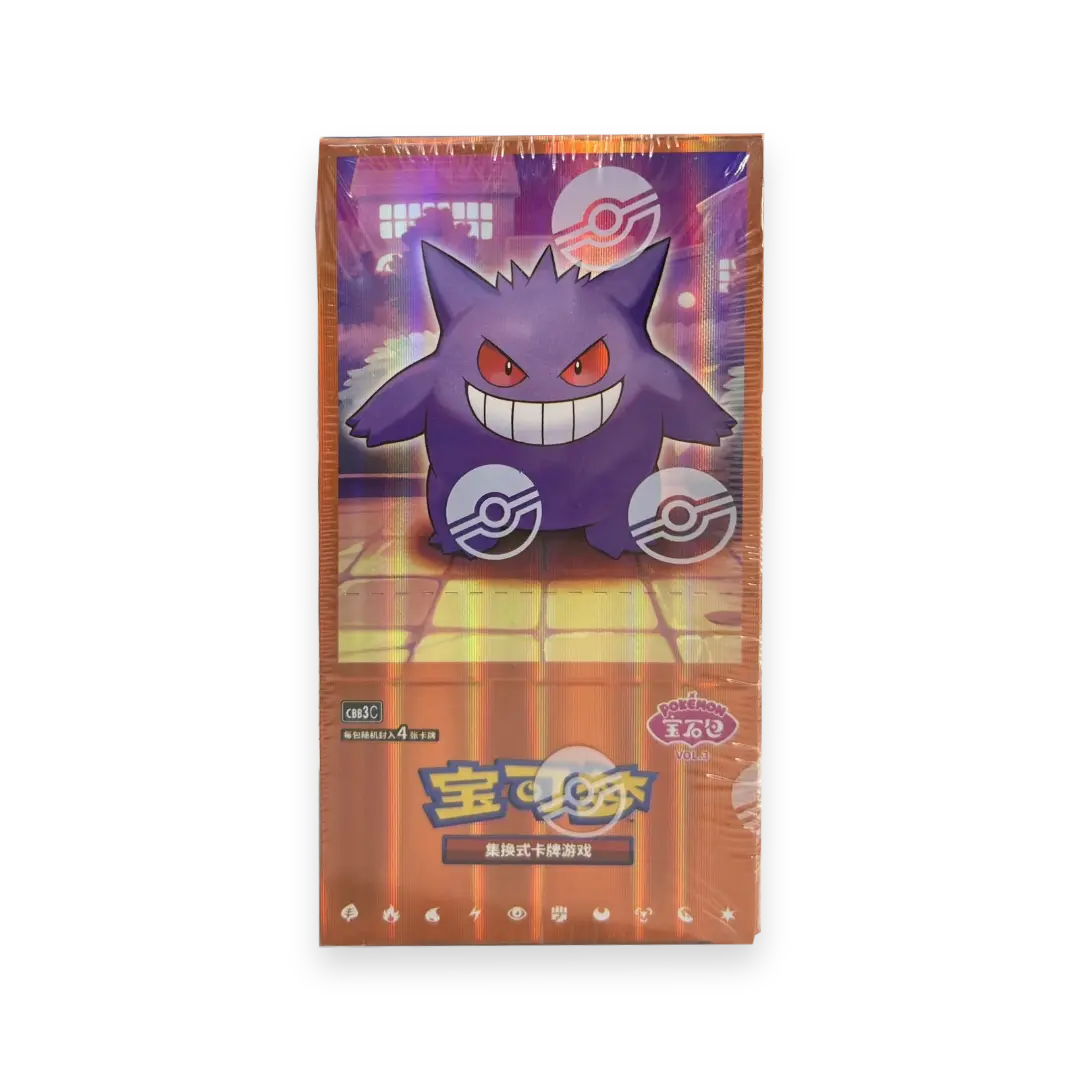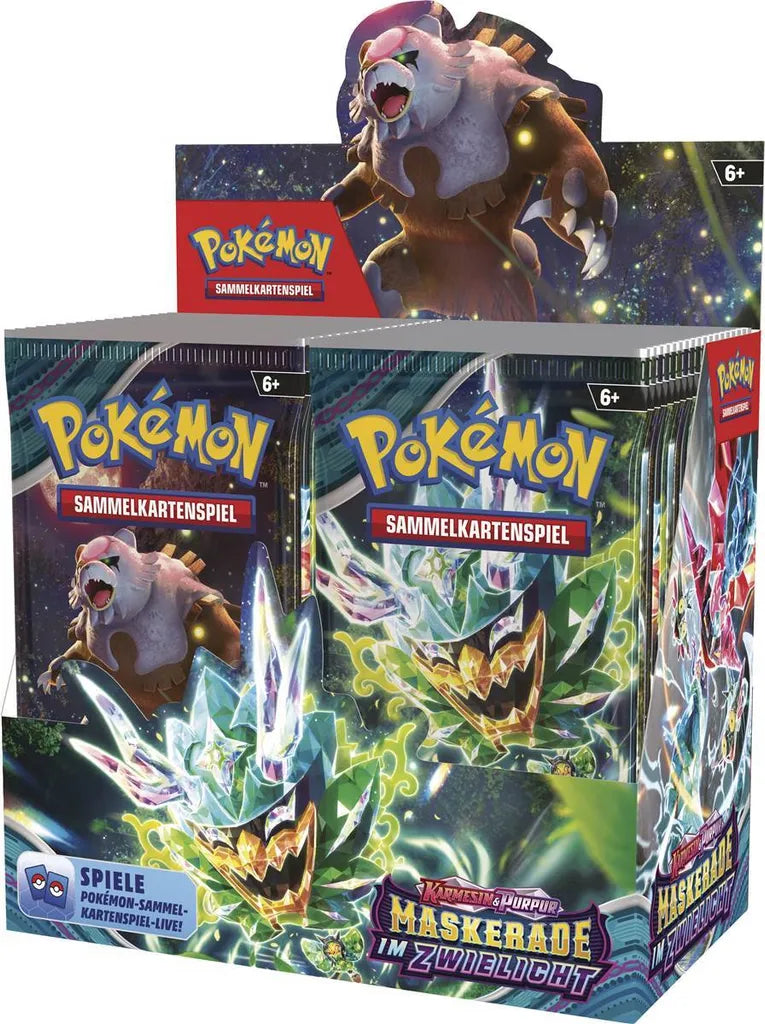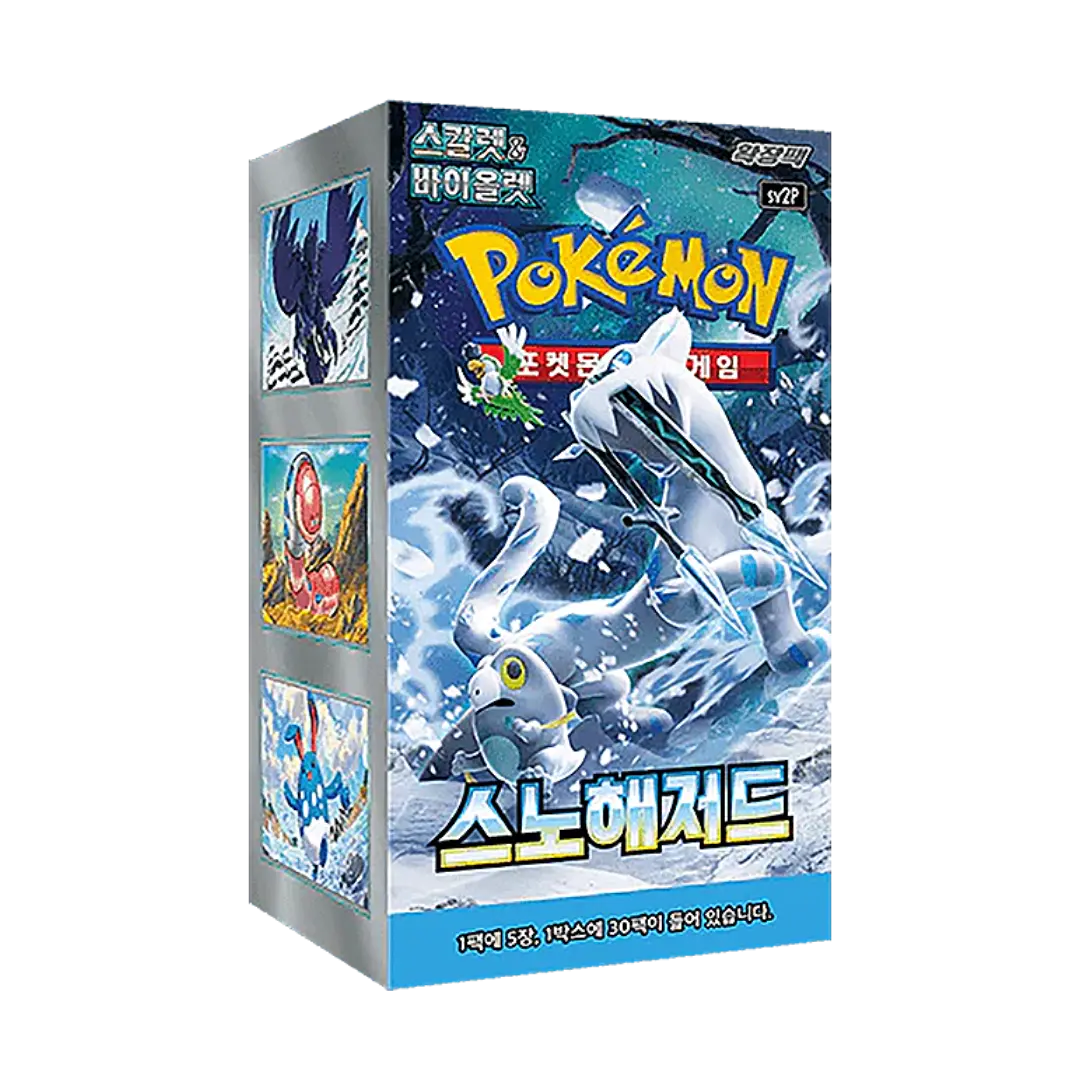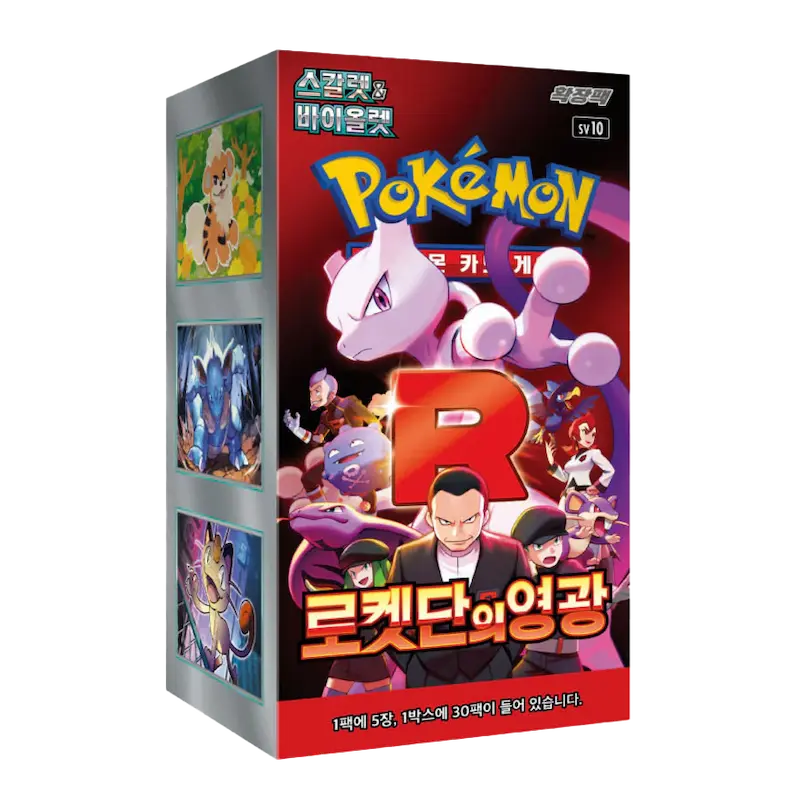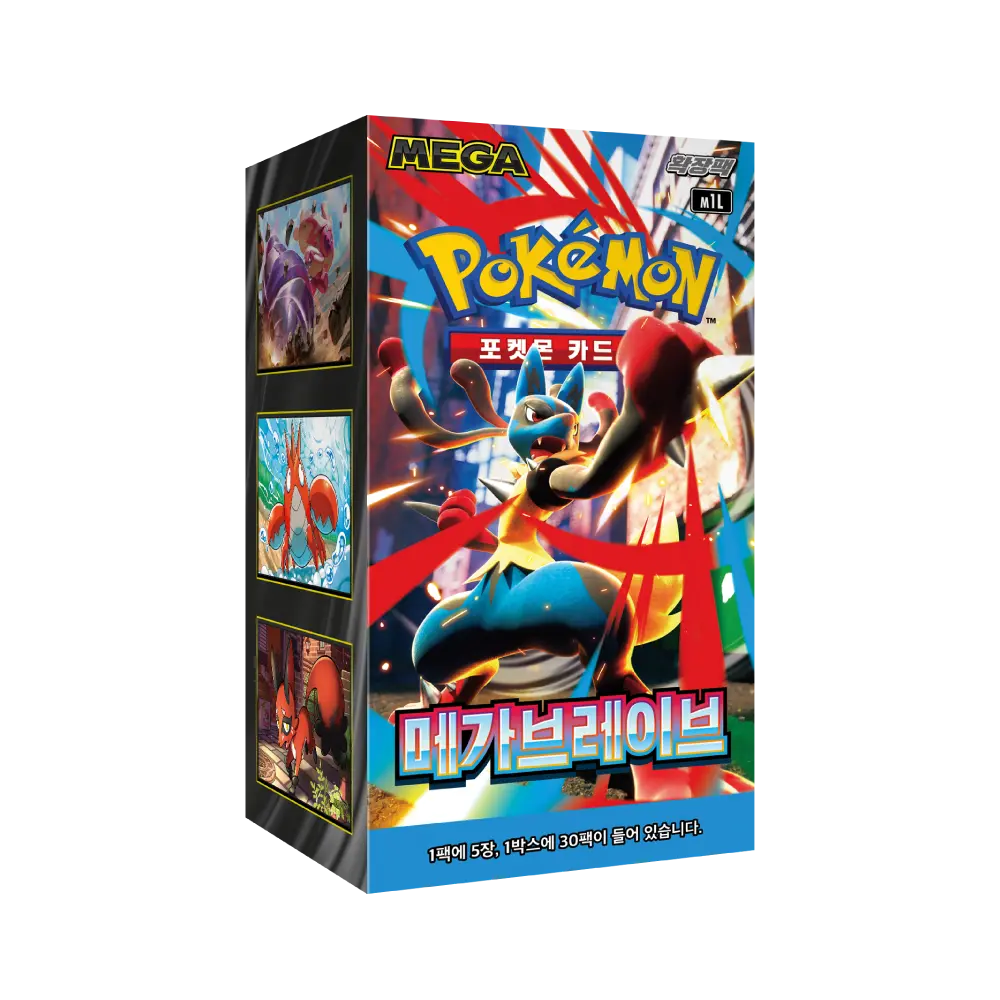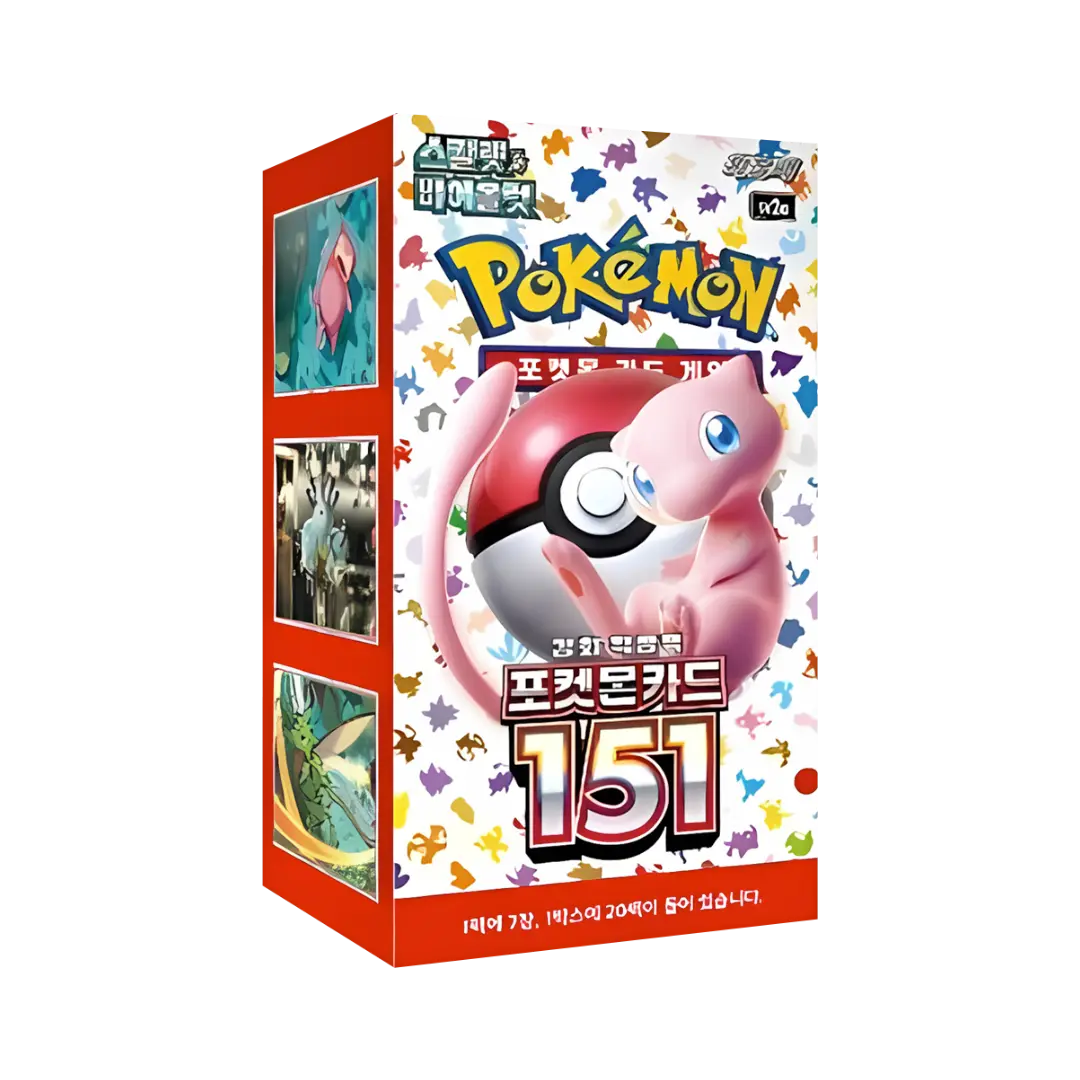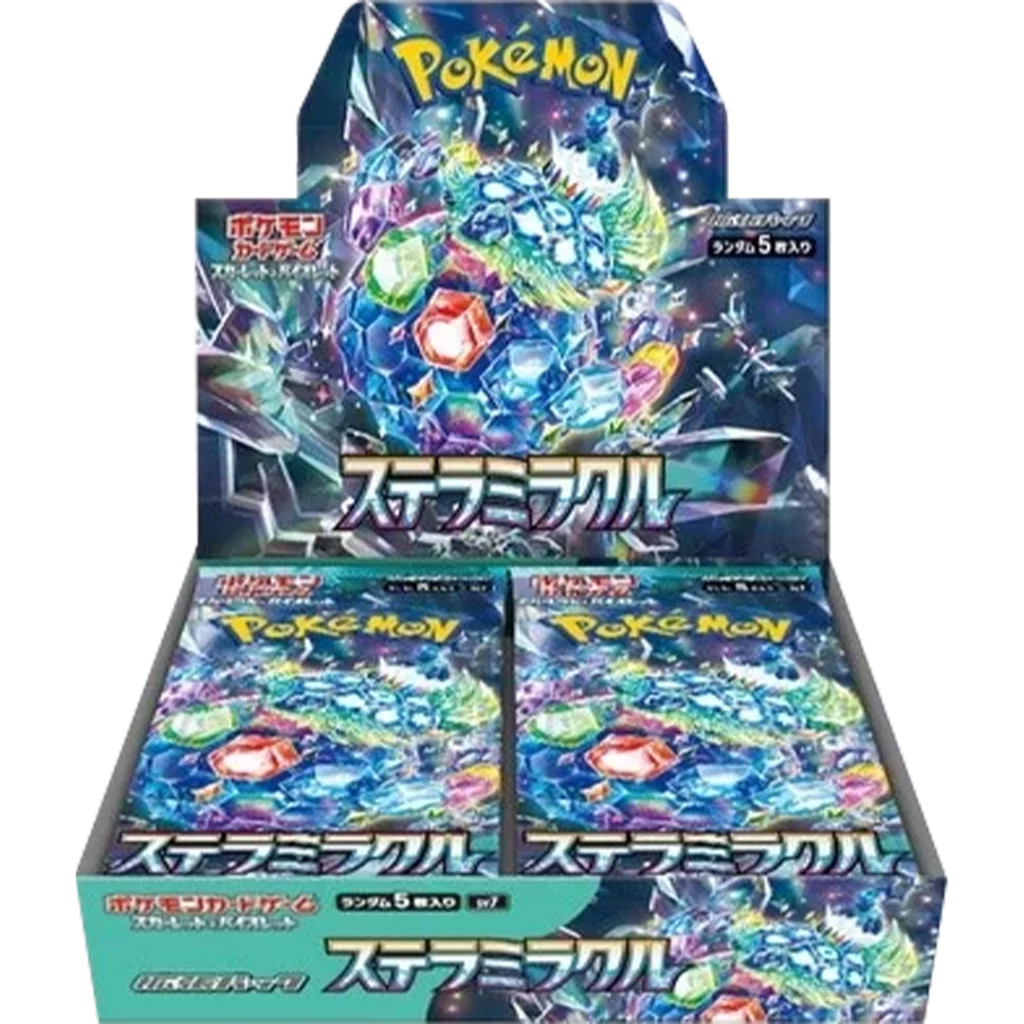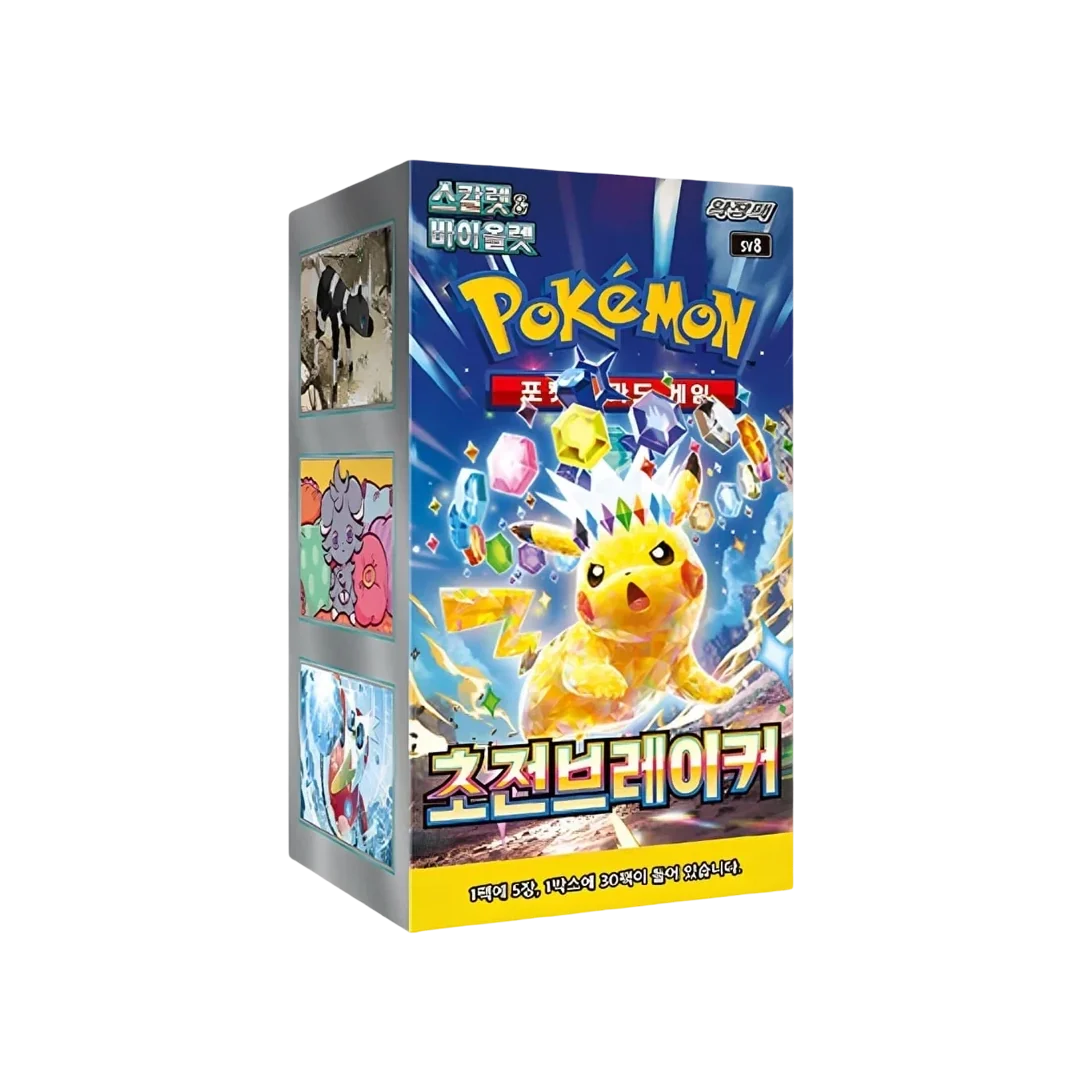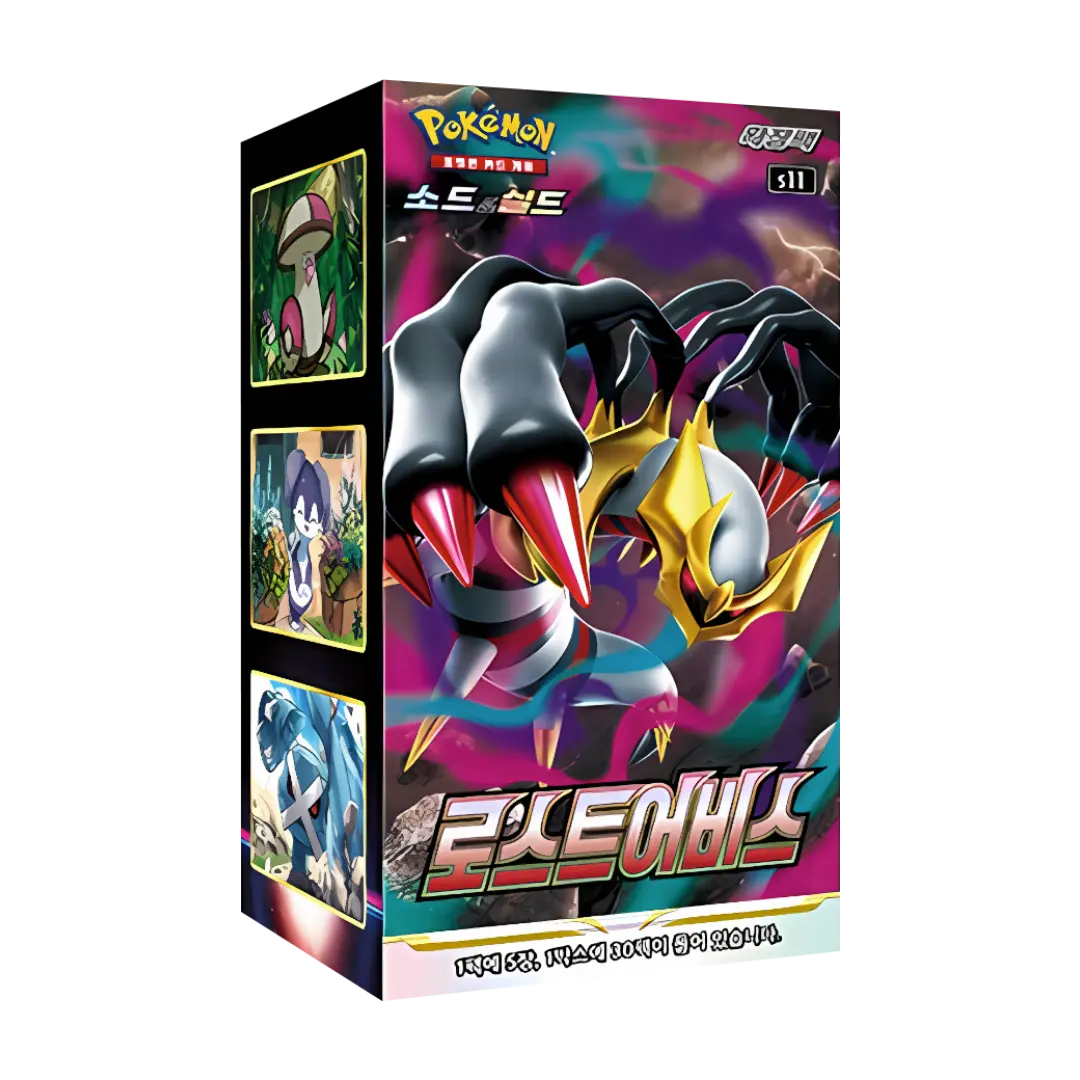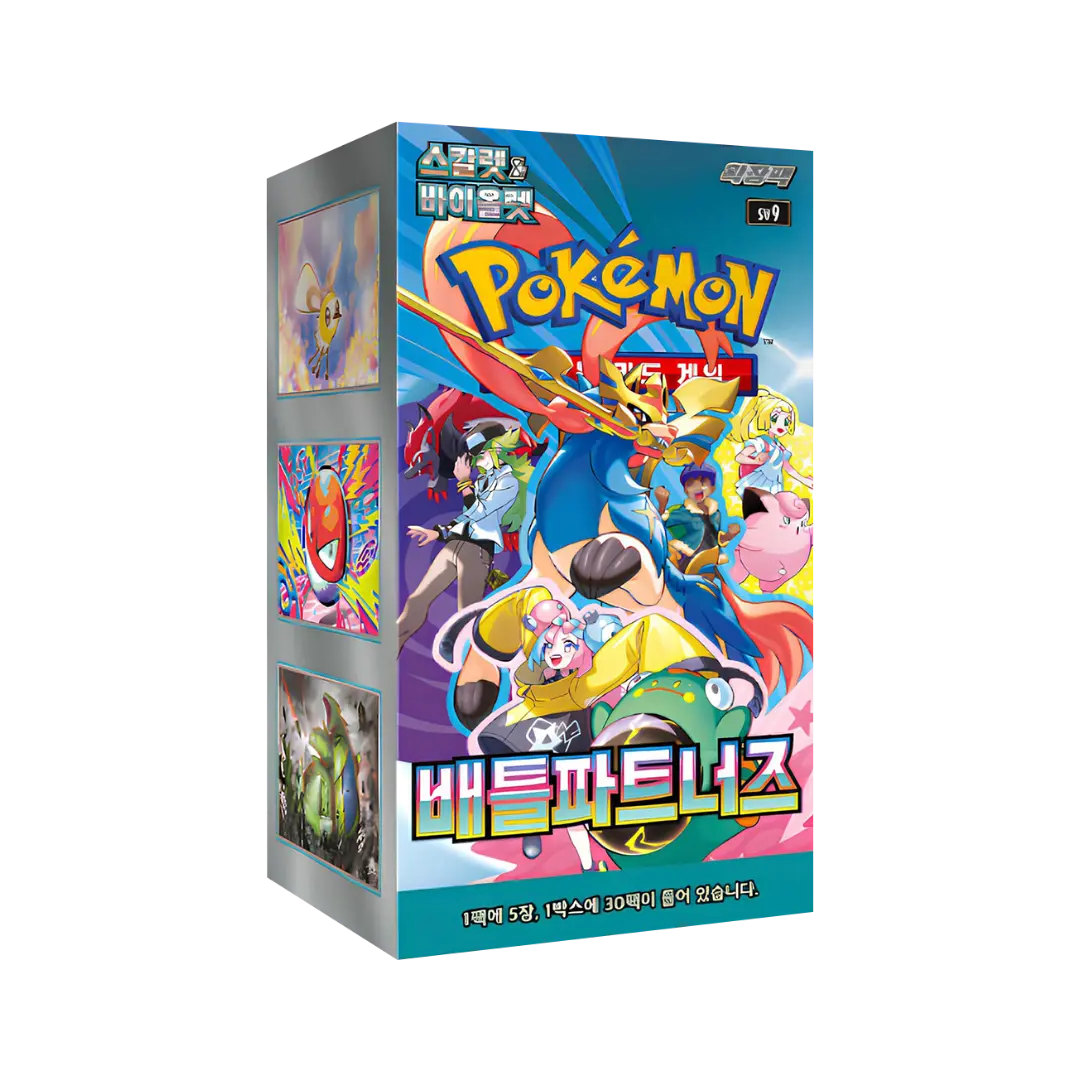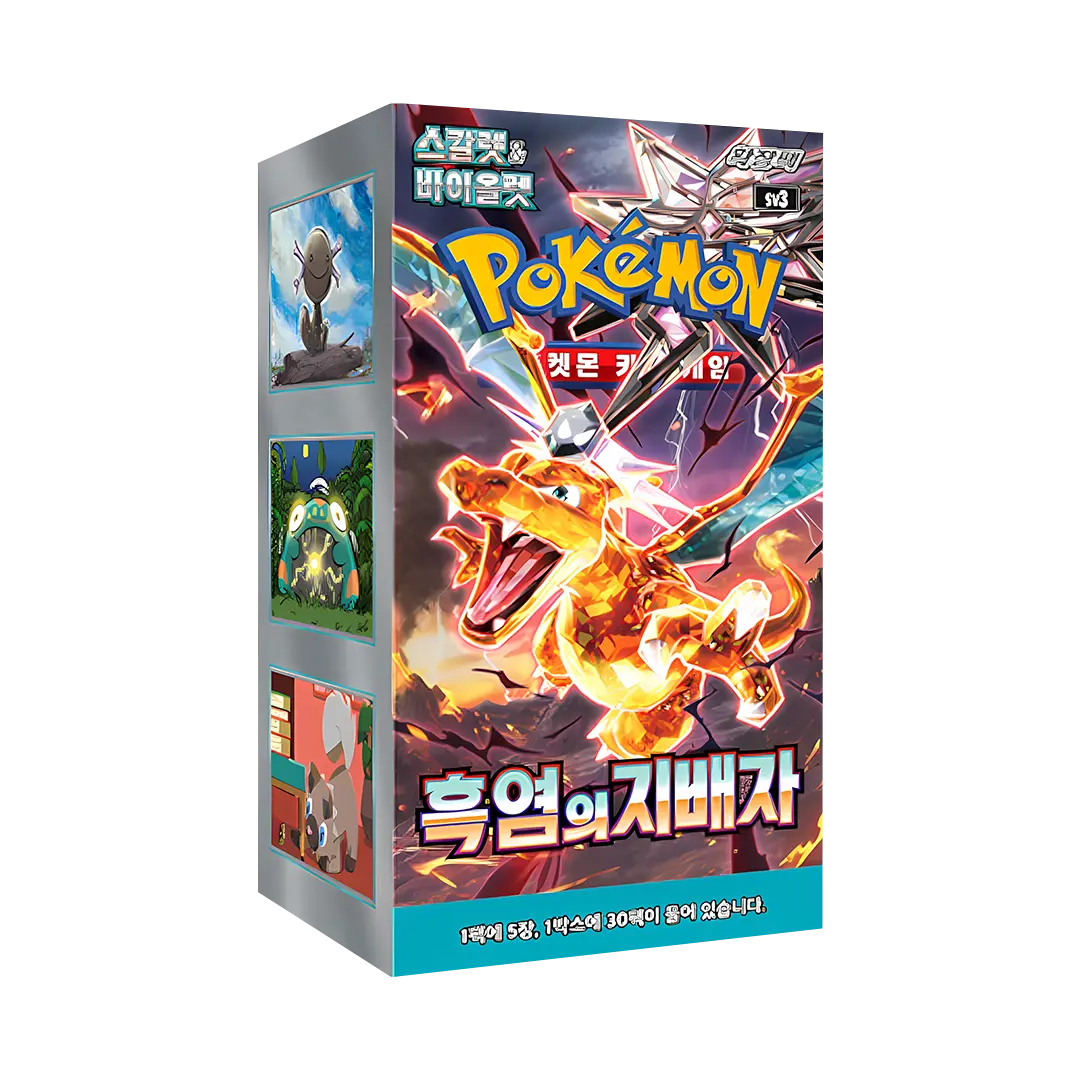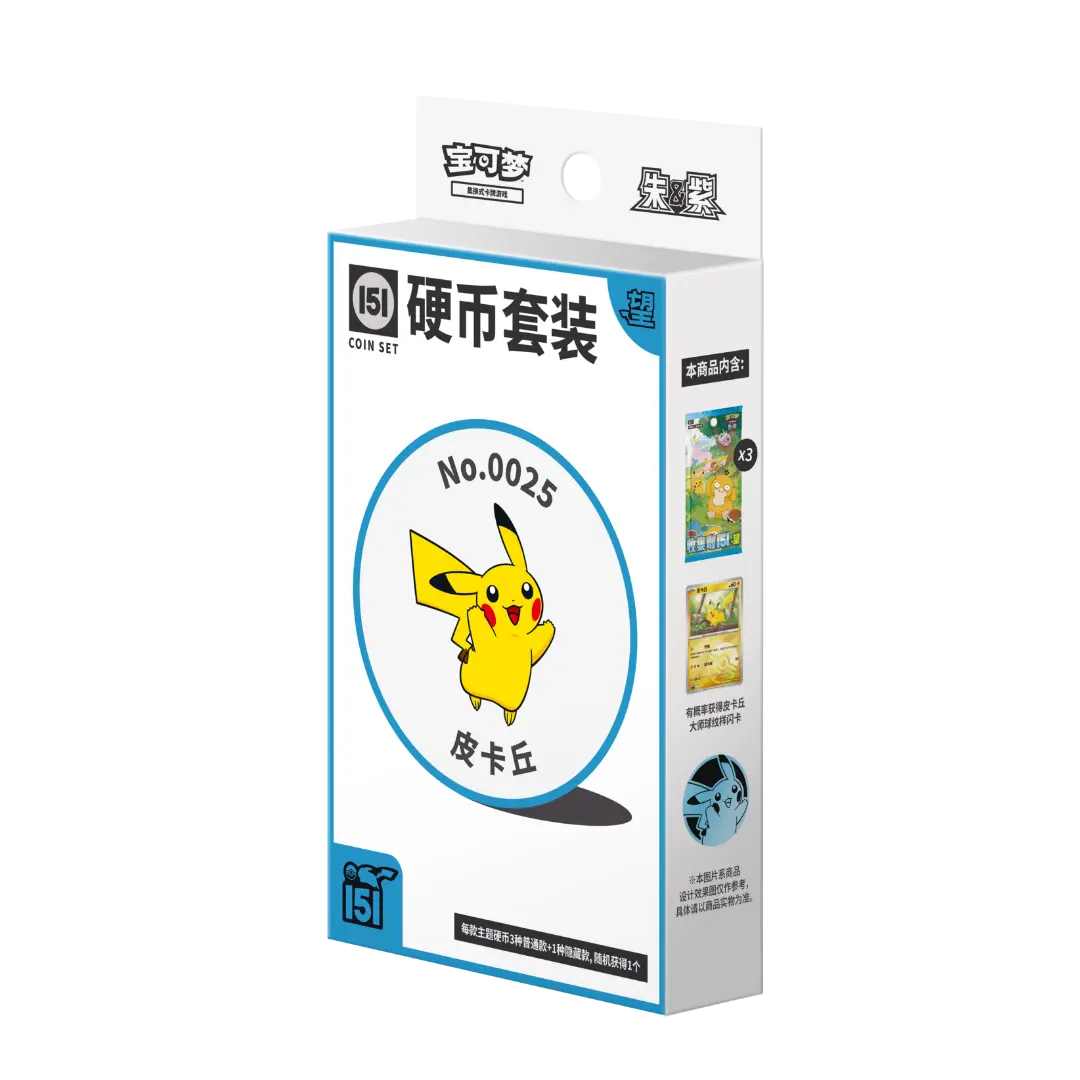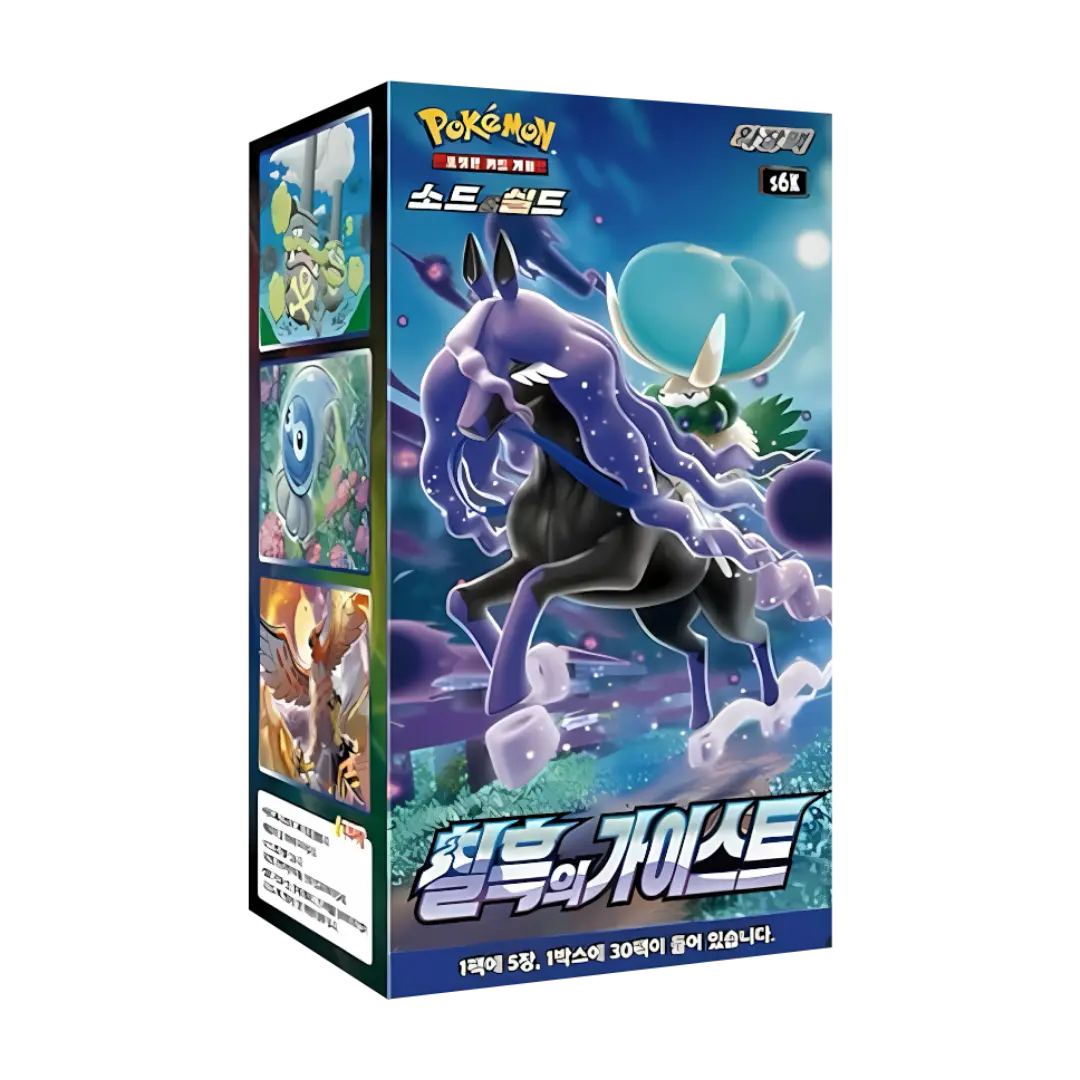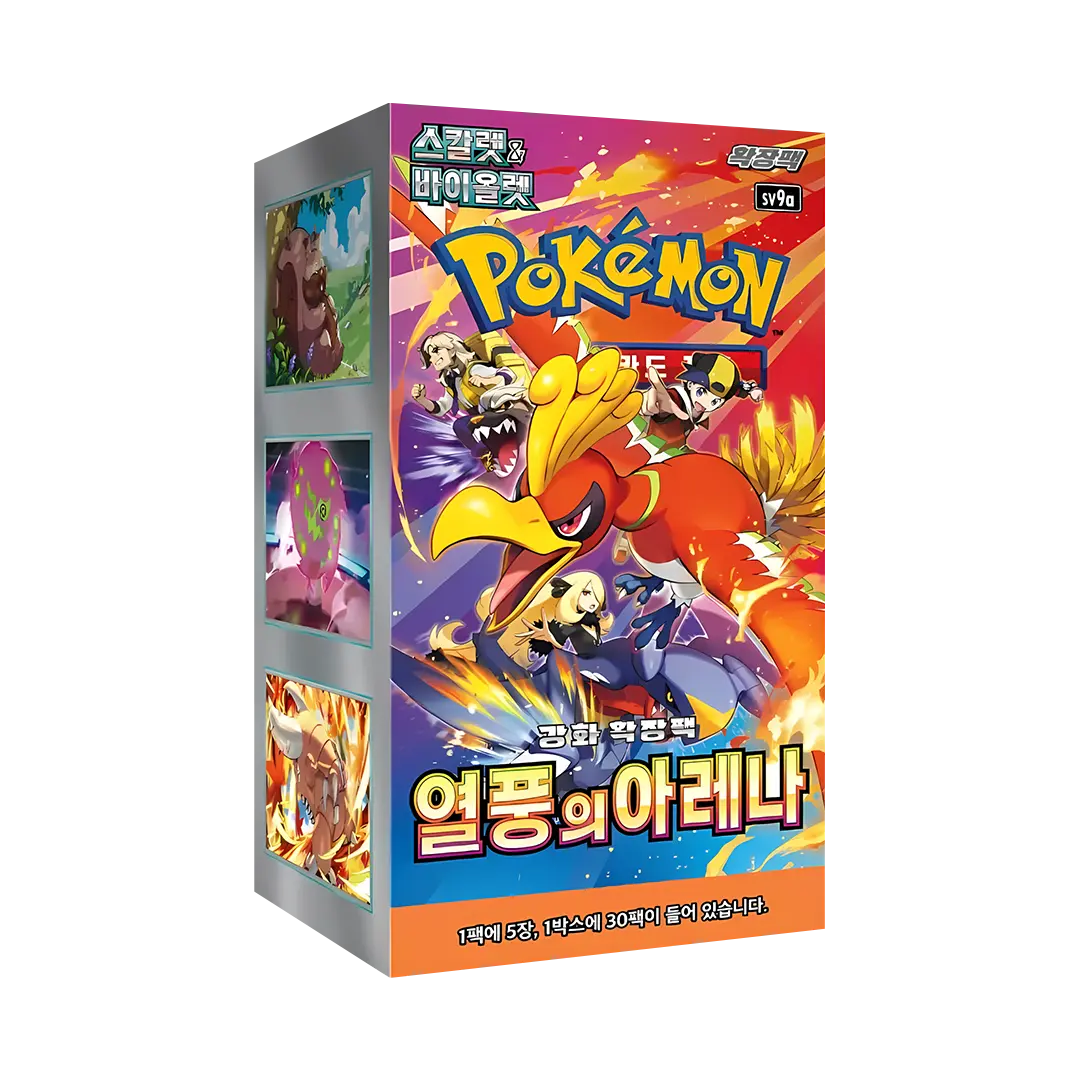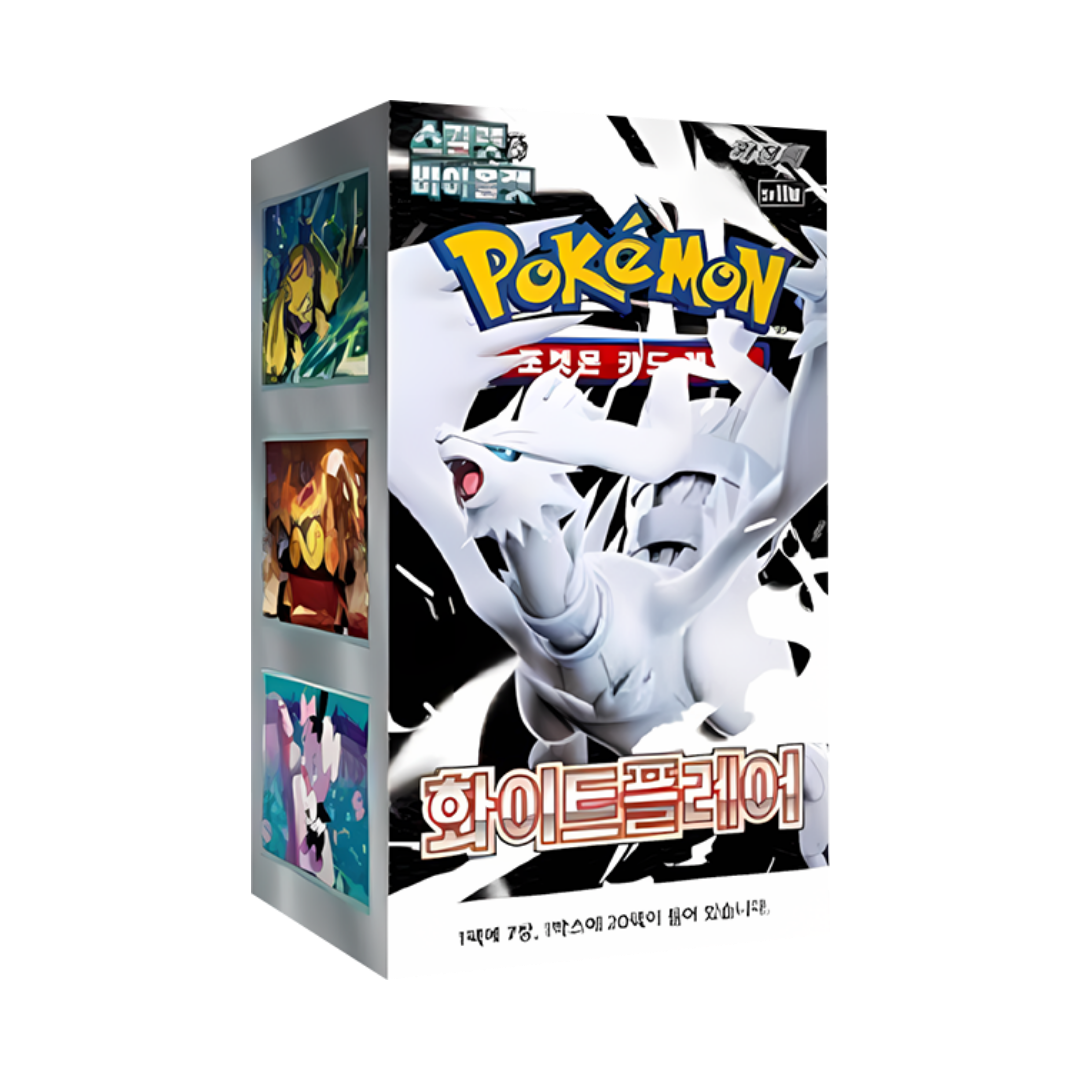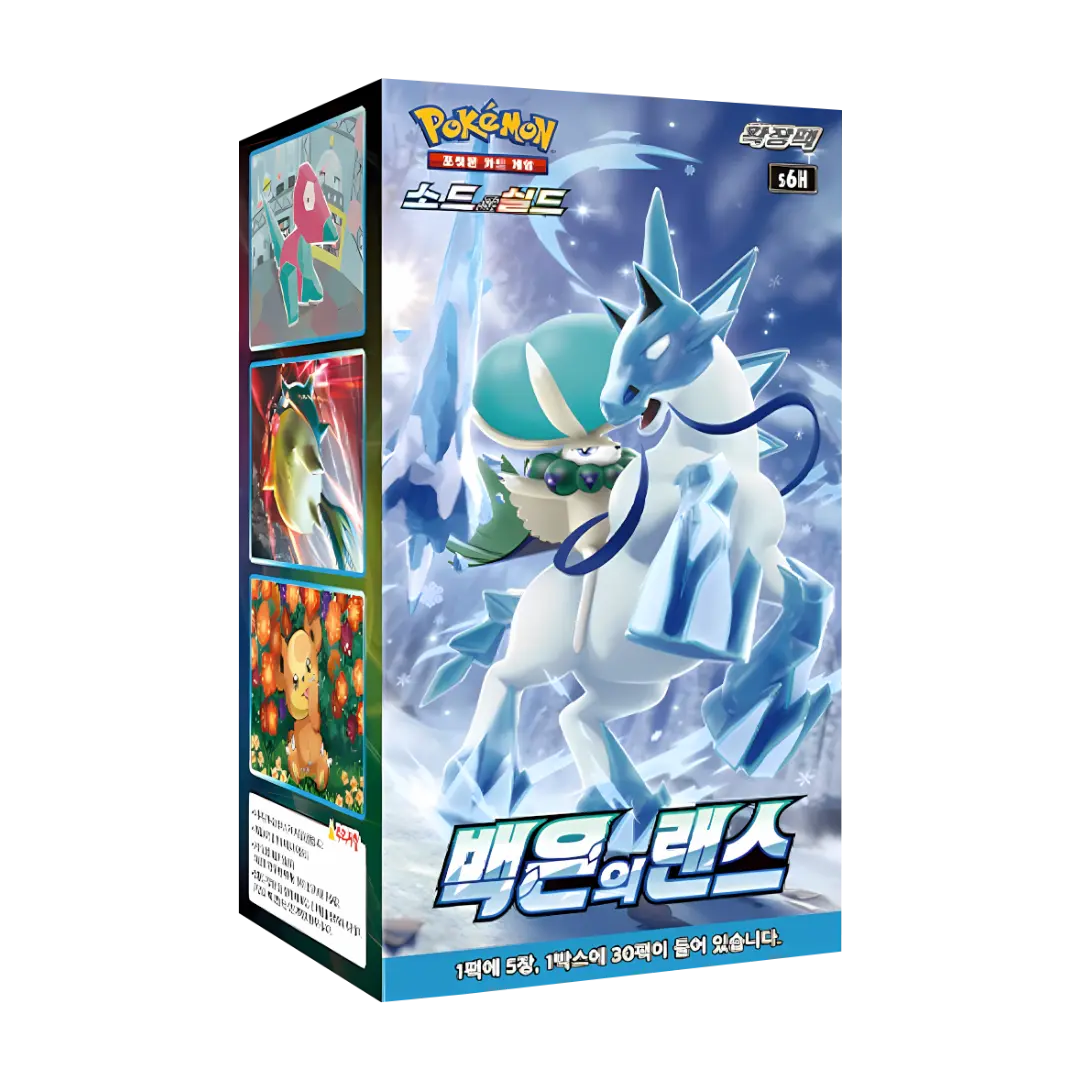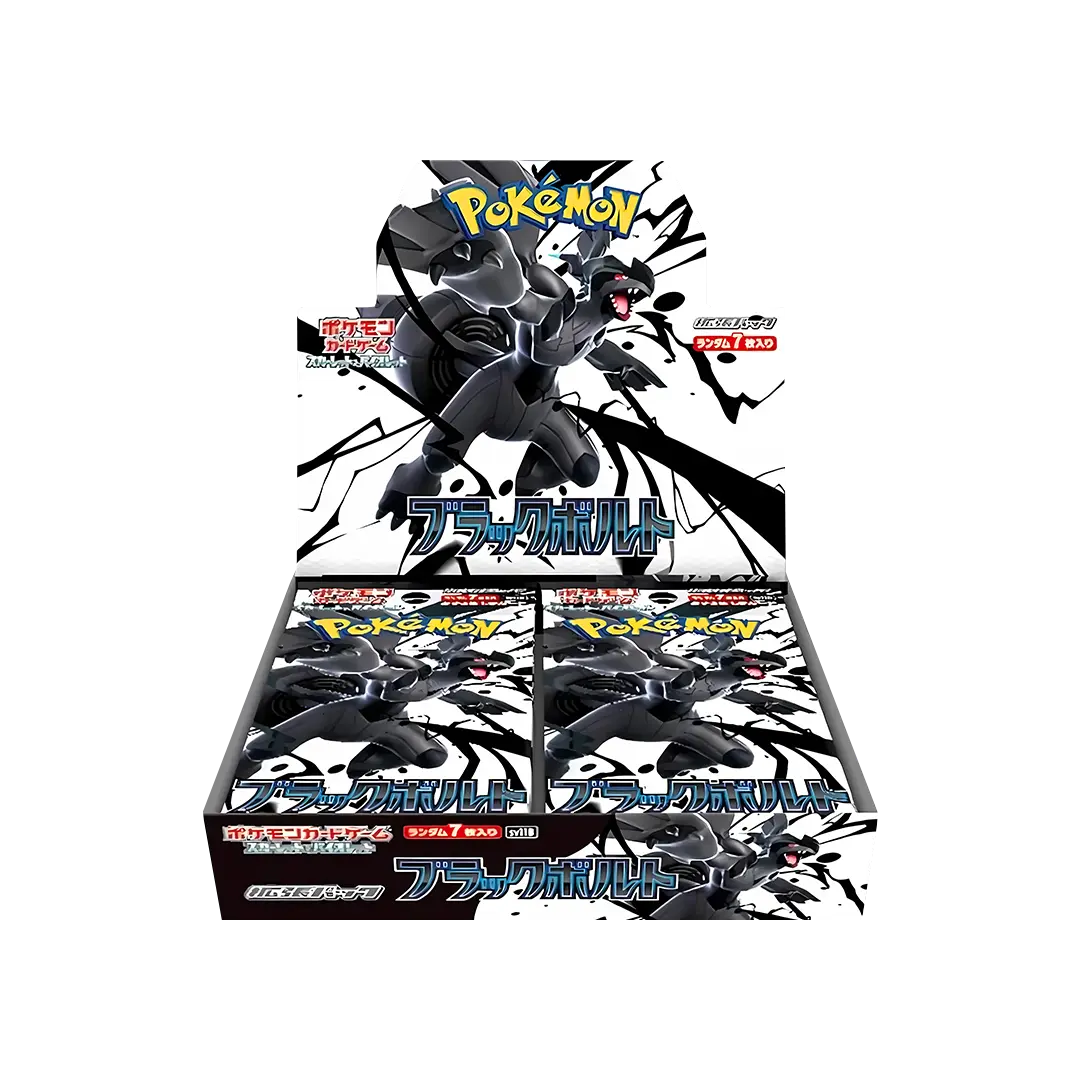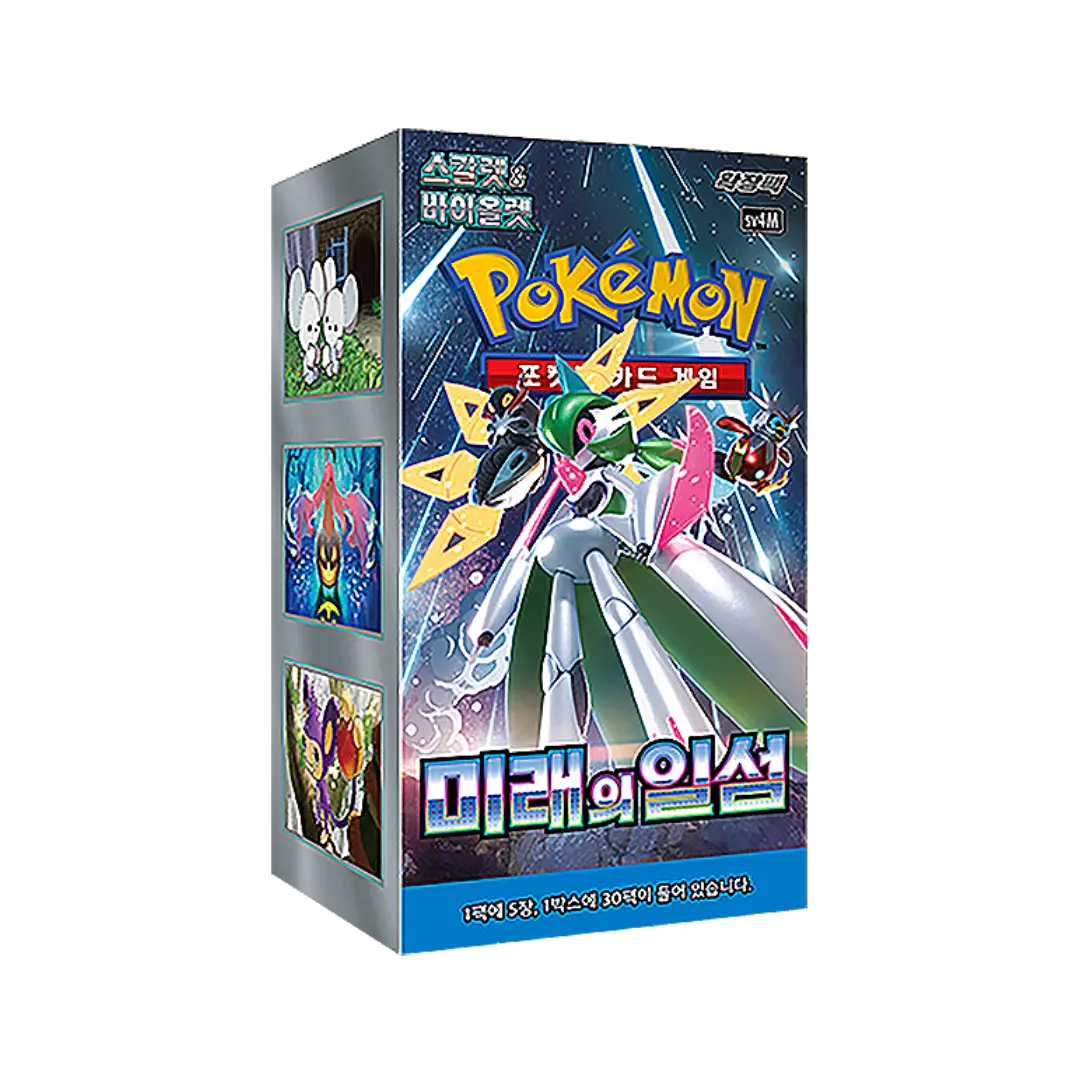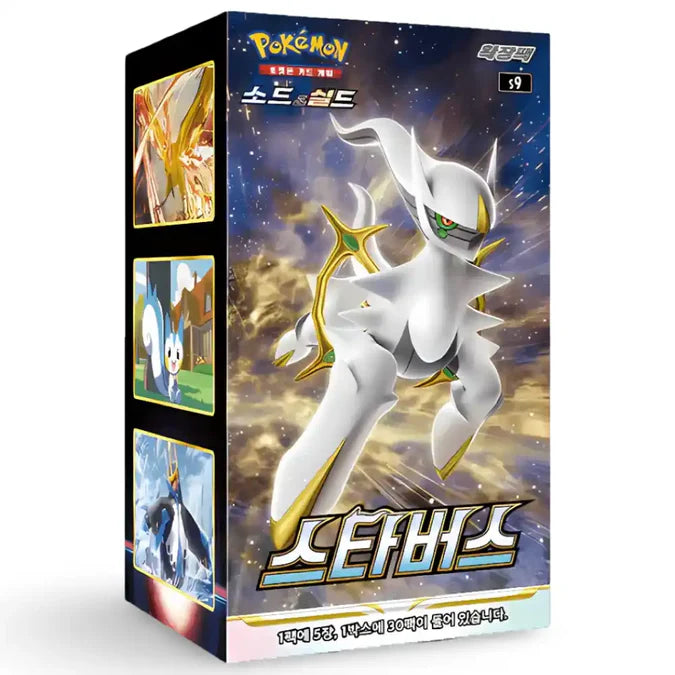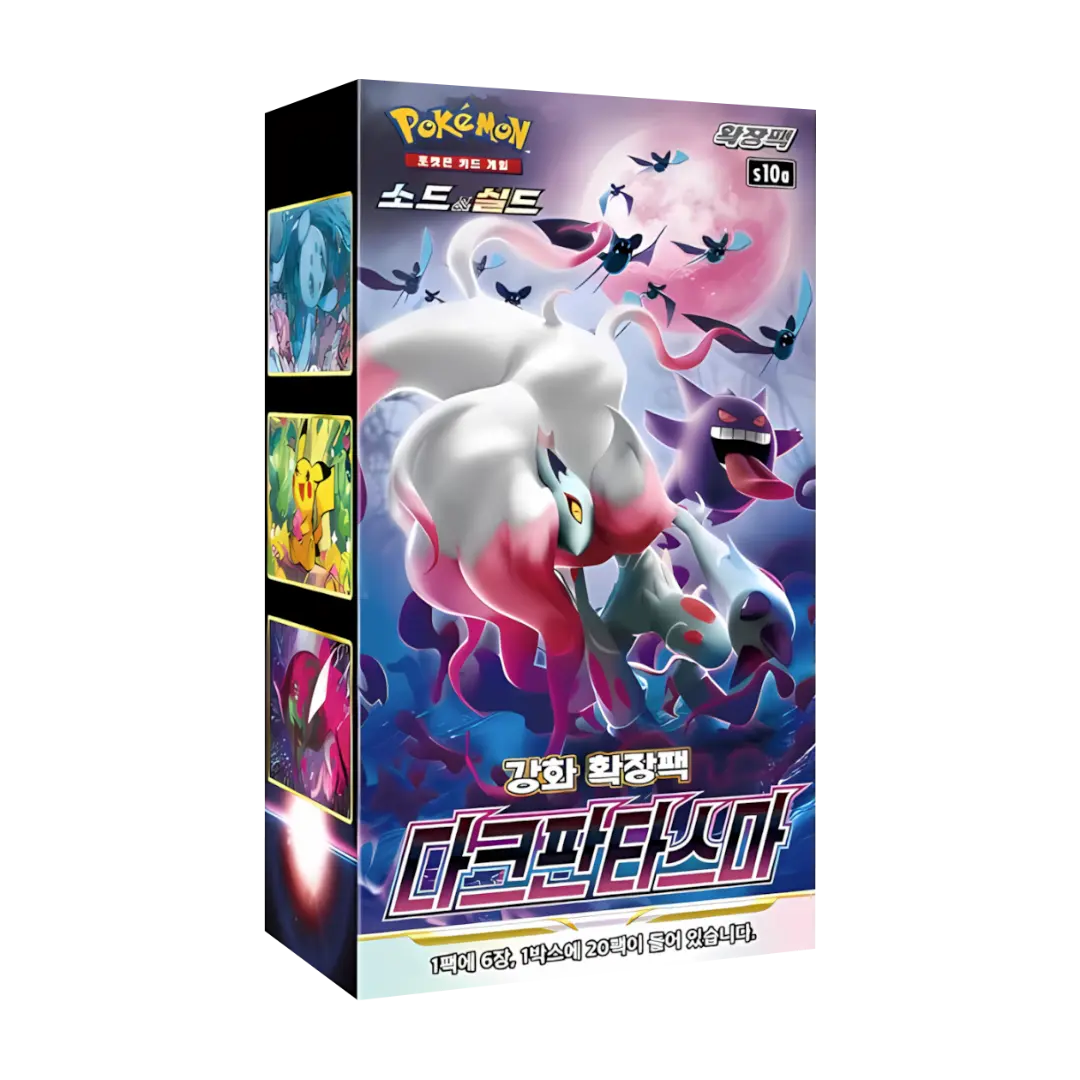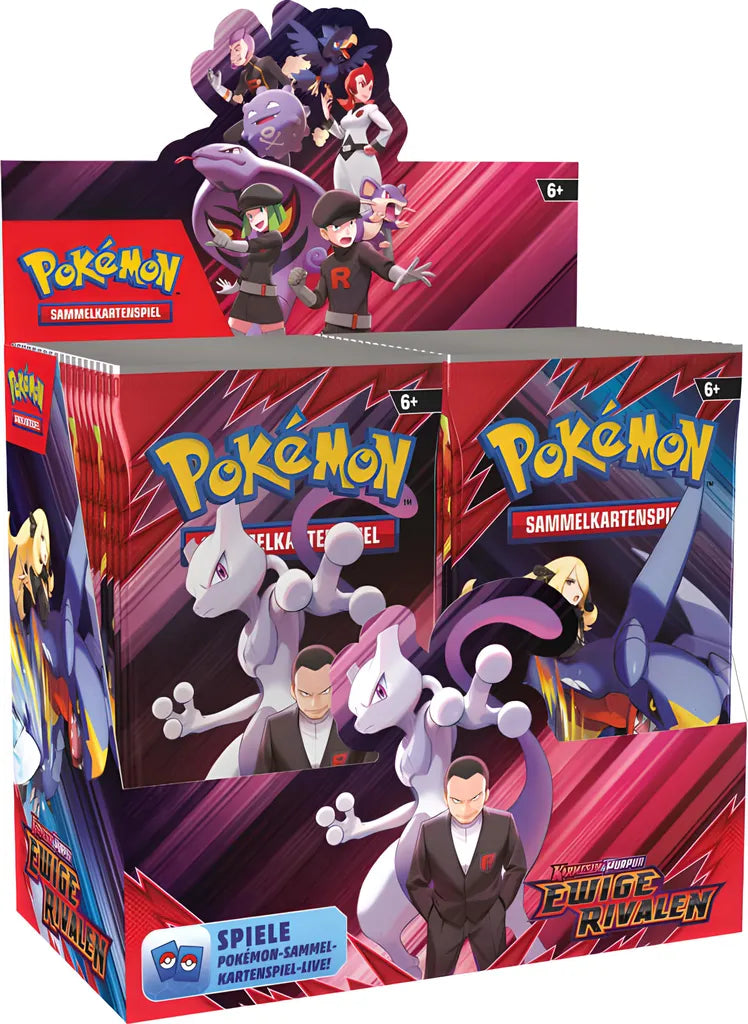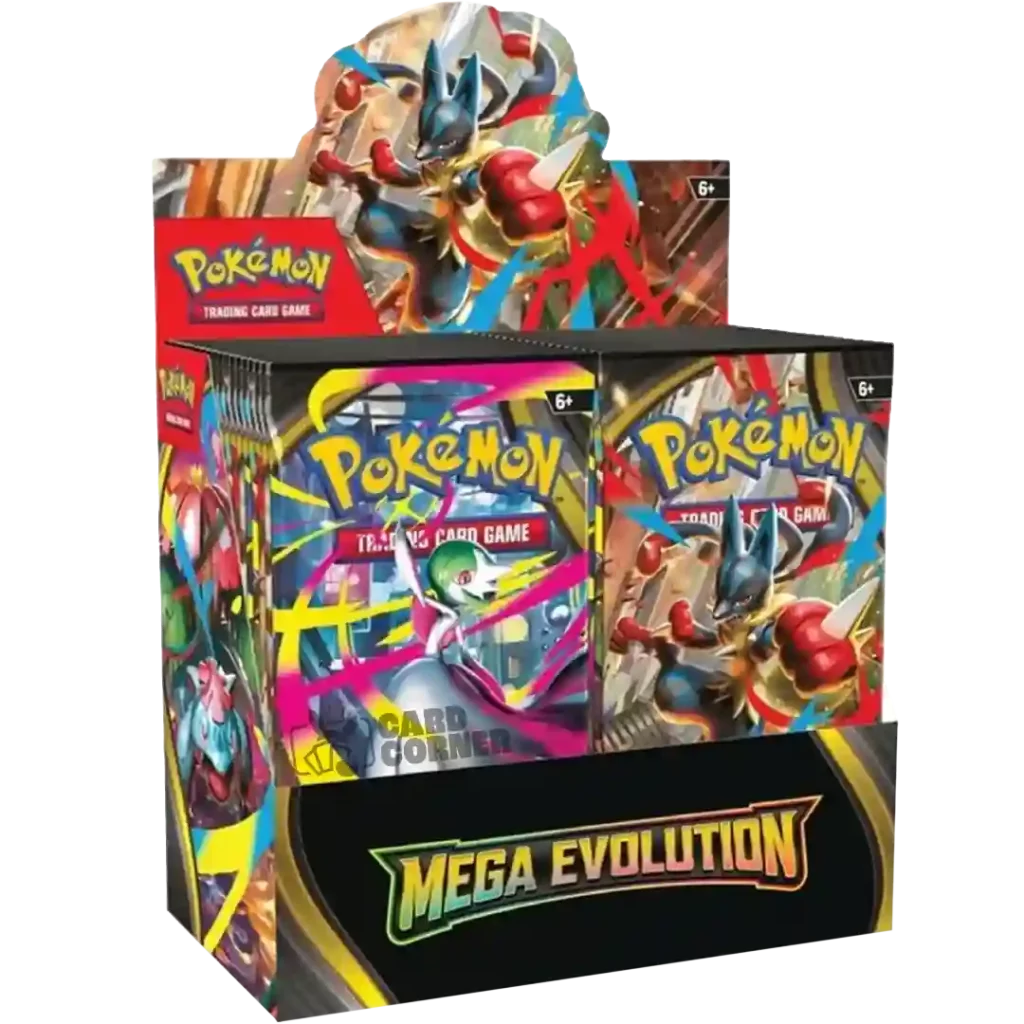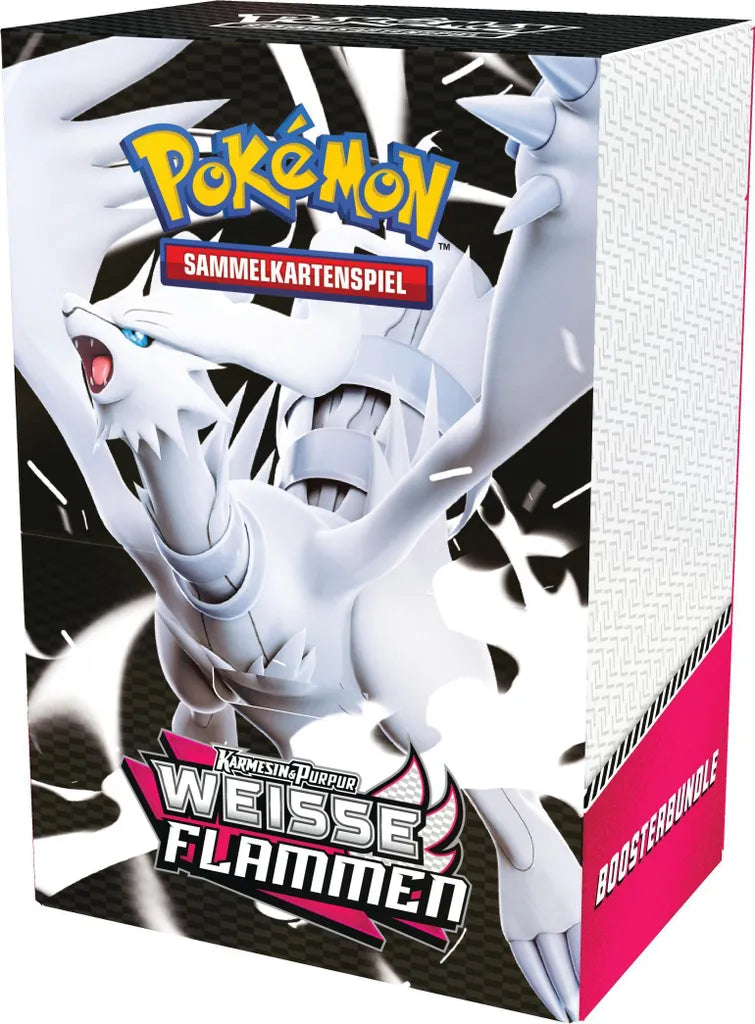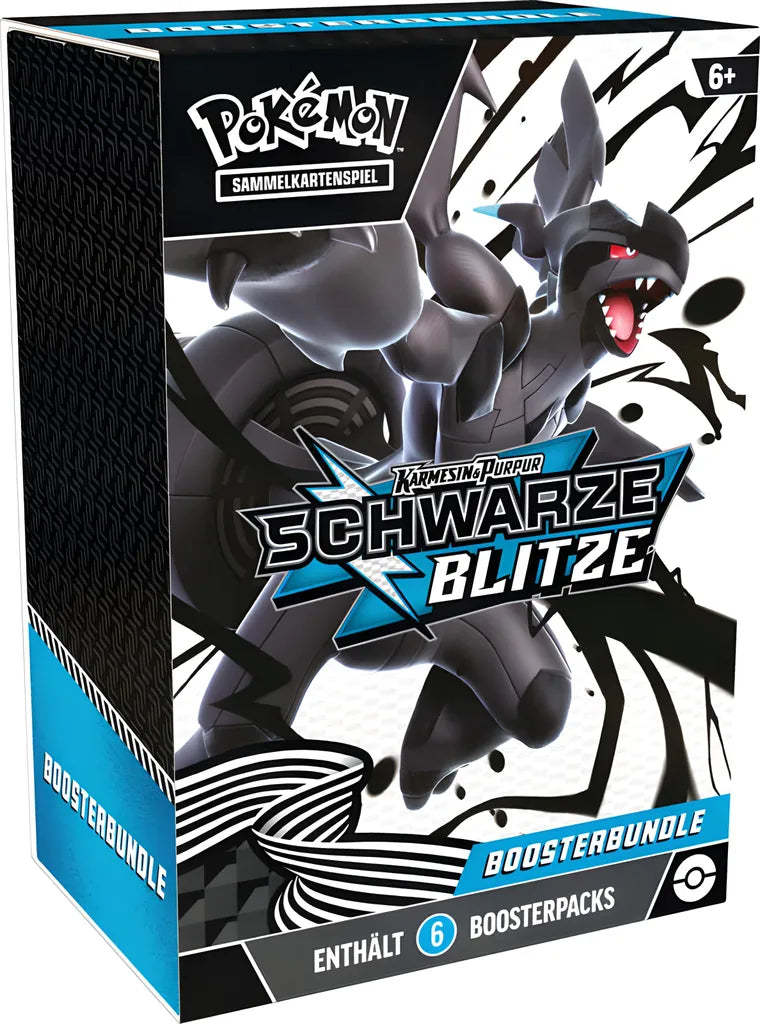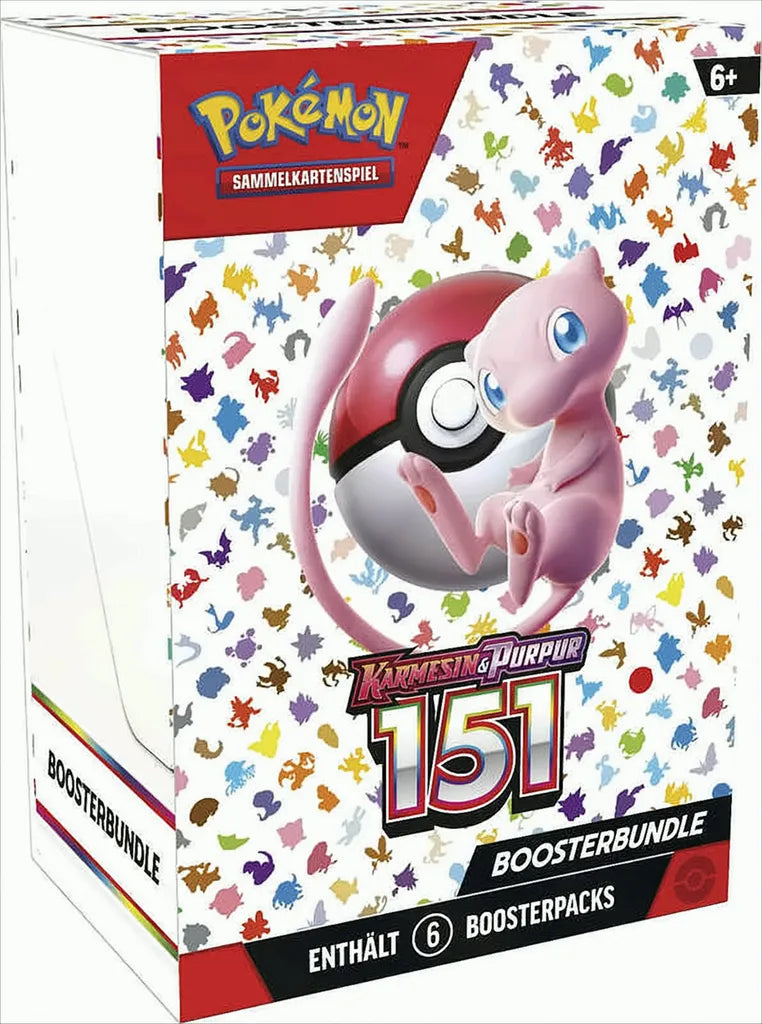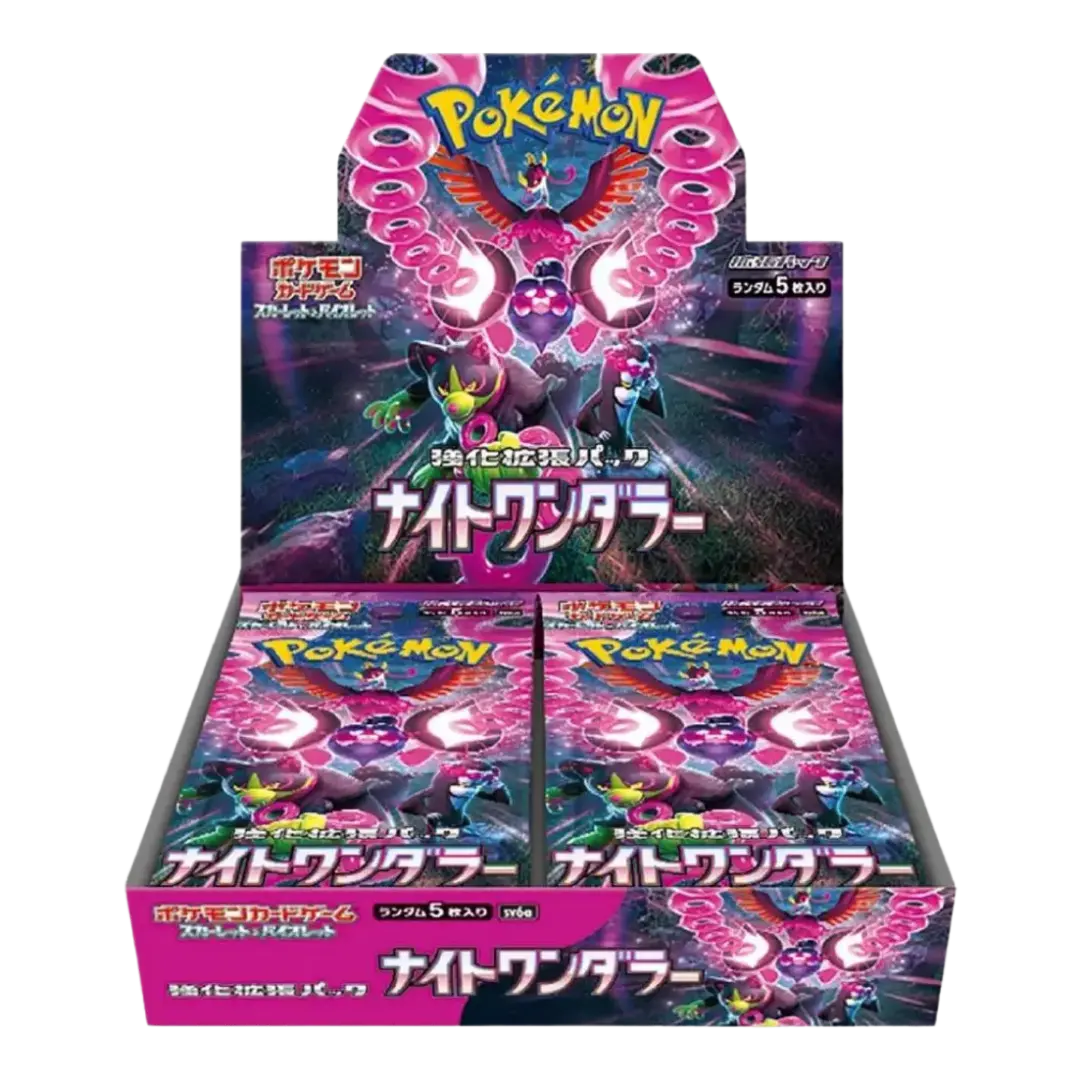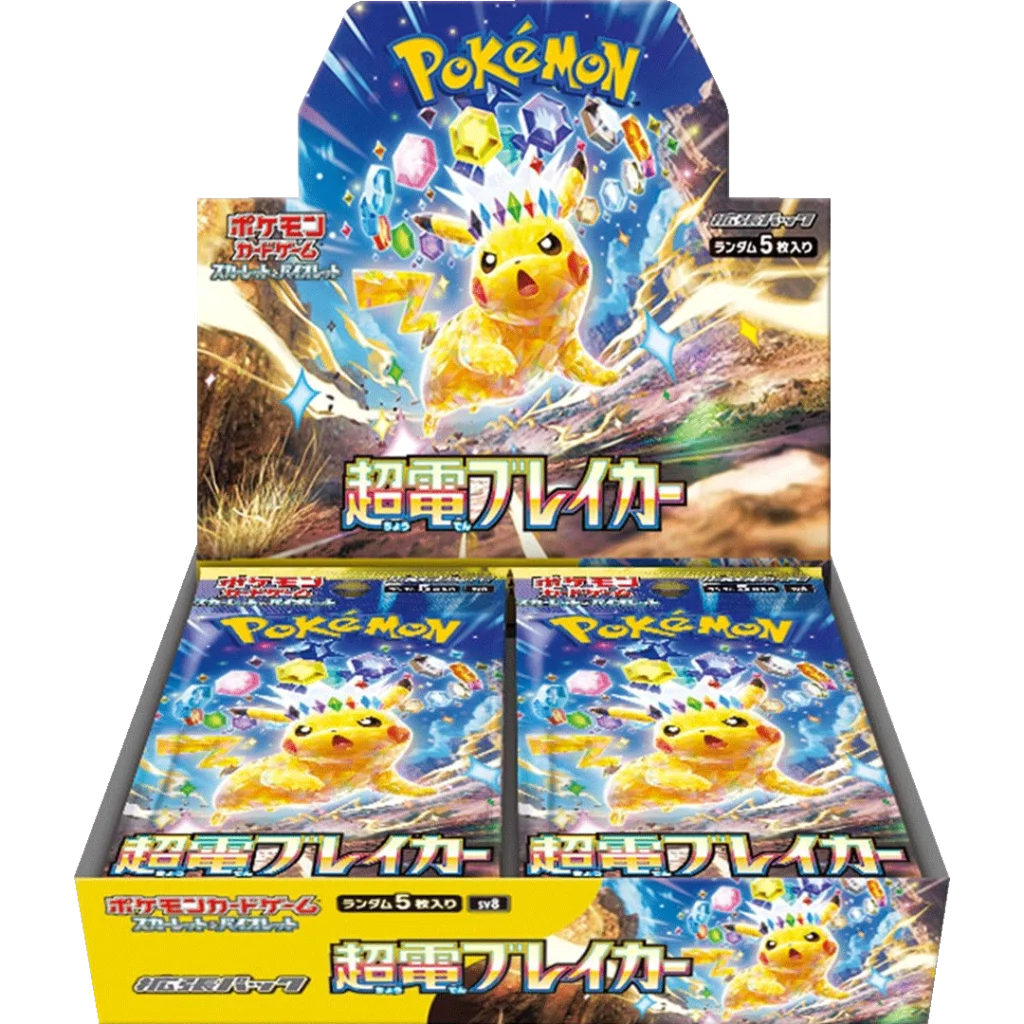Pokemon Displays
Interesting facts about Pokemon Displays
Pokémon Displays – maximum thrill in 36 times the dose
A single booster pack is exciting. A display pack is a session. If you really want to "get into it"—understand sets, feel hit rates accurately, and not rely on the randomness of individual packs—Pokémon displays are the gold standard. Here you'll learn how many boosters are actually inside depending on your language , which regional differences apply (Japan/Korea vs. International), which "cool" display types there are—and which display packs are worth it for whom.
Why a display instead of individual boosters?
In short: better sampling, less frustration with variance . 36 boosters in a row (international) give you a realistic picture of a set: You see more rares, more artwork, more chances to find illustration/special illustration rares—and you don't get caught in the "just one more" loop. Additionally, the price per booster in the display is often more fair than for individual boosters on store shelves.
By the way: If you prefer to remain flexible or are planning gifts, Pokémon boosters are still a great option as individual purchases – displays are the "long form", boosters the "snack format".
Facts, not myths: Pack sizes & contents by region
International (German/English/FR/…):
A standard display of the current Scarlet & Violet era contains 36 booster packs . Each booster pack contains 10 game cards , one base energy , and one code card for TCG Live . Since S&V, there have been three foils per pack (at least one of which must be Rare or higher). This makes openings visibly "shinier" than before and ensures more reliable feel-good moments, even without a monster hit.
Japan – Standard Expansions (e.g. Triplet Beat, Snow Hazard, etc.):
Standard Japanese displays rely on the "bite-sized" rhythm : 30 packs per box , 5 cards per pack . This makes individual packs cheaper, and the distribution of hits is evenly spread throughout the box. Those who like to make lots of small openings will love this format.
Japan – Special case “151” (SV2a):
The cult set follows its own format: 20 packs per box , 7 cards per pack . The result: more cards per pack than standard sets, but fewer packs per box – it feels more "premium," but remains well below high-class.
Japan – High-Class Packs (e.g. VSTAR Universe, Shiny Treasure ex):
High-class means 10 cards per pack with significantly increased gloss density. Boxes typically contain 10 packs —ideal for focused, "everything shines" openings, without a marathon of 30 cards. (The exact box pack count is often communicated via shop listings.)
Korea – Standard Extensions:
Korean displays mirror Japan: 1 pack = 5 cards , 1 box = 30 packs . Those who like the 5-card pacing will find the perfect alternative here – with a Korean card layout.
Important for international collectors & players:
Internationally (DE/EN), you benefit from 36-card displays and 3 foils per pack – convenient to plan, tournament legal in local communities, and without language barriers at the table.
“Special sets”: When there is no classic display
Not every expansion comes as a booster display. Special sets (e.g., Crown Zenith or Scarlet & Violet—151 in the international version) are distributed through products such as Elite Trainer Boxes, Collections, Bundles, or Tins — traditional 36-unit displays are not available . For you, this means: Boosters, yes, but packaged in ETBs, Bundles, or Collections instead of a display box.
If you're looking for those special vibes—promotions, accessories, themed boxes—take a look at Pokémon collections . There you'll often find exclusive extras (pins, figures, oversized cards) that aren't available in the display.
Which displays are “cool” – and for whom?
-
Current S&V displays (international):
For players and collectors who want to stay on the cutting edge. You get new mechanics, fresh artwork, and a reliable three foils per pack. Ideal if you want to build decks , fill trades , and gain set experience . (Example: Scarlet & Violet—Journey Together with "36 booster packs" per display.) -
Japanese standard displays (30×5):
Perfect if you appreciate Japanese artwork and fine pack pacing . The 5-packs create a "snappy" open flow. However, expect full sets/lines to require more packs than with 10-packs – but the pack price is lower. -
“151” (Japan, 20×7):
A nostalgia boost with its own pack format; 7 cards per pack provide noticeably more card feel than 5, without being necessarily high-end. As a display, it's pleasantly "compact" but still offers value. -
High-Class (packs of 10, usually 10 packs/box):
The premium opening – everything shines, hardly any "air." Great if you want a short & intense opening and want to experience the art rarities of an era in one bundle. (Specific example: VSTAR Universe = 10 cards/pack; boxes are usually listed with 10 packs.) -
Korean displays (30×5):
Often attractively priced, with a Japanese feel and pacing. A good option if you like Asian prints , but Japanese boxes are currently hard to come by.
Buying strategy without hype trap
-
Define your goal:
Deck building (internationally practical due to tournament legality) vs. hunting artwork (Japan/High-Class, 151). -
Plan the sample:
For truly robust pull experiences, use a display. Individual boosters are fun snacks, but they can scatter. -
Set a realistic budget:
Displays aren't profit-generating machines. Calculate your fun budget. Hits come – but not on command. -
Check set architecture:
Some sets are special/unique sets without a display . In these cases, Pokémon Trainer Boxes or collections are the way to get boosters and useful accessories. -
Language & Handling:
International for local play and 3-foil consistency; Japan/Korea for different aesthetics and box pacing (30×5, 20×7, high-class 10-packs).
Frequently asked questions – answered concisely
-
Do international displays always come with 36 boosters?
Yes, this is officially communicated for Standard expansions of the S&V era (except for special sets). -
Why do the pack sizes differ?
This is the product philosophy and pricing : Japan and Korea traditionally work with smaller packs (5 cards) and more packs per box (30). Special exceptions like "151" (7 cards, 20 packs) or High-Class (10 cards) deliberately offer different opening experiences . Internationally, the goal is to offer a consistent value per opening with packs of 10 plus 3 foils . -
Are there displays with bonus promos?
Yes, some display variants are officially offered with 36 packs + promo – but this depends on the set.
Conclusion: Which display is right for you?
-
You want predictable shine & deck material: Get an international 36-card display – 10 cards/pack, three foils, base energy and code included.
-
If you love the Japanese look and lots of small openings, 30×5 is your flow (standard displays in Japan/Korea). For nostalgic vibes, 151 (20×7) is your flow. For premium sessions, go for high-class (10-packs, box usually contains 10 packs).
-
Your desired set doesn't have a display? Turn to ETBs/collections – this is a clean and legal way to get boosters, accessories, and sometimes exclusive promos.
No matter what you choose, displays are the fastest way to really get to know a set —with enough packs to see patterns, plan trades, and not just hope for your favorite cards, but realistically hunt them down.
Frequently Asked Questions
Pokémon Trading Cards are part of the popular Pokémon Trading Card Game (TCG) . Players and collectors can collect, trade, and use cards featuring various Pokémon, Trainer cards, and Energy cards in strategic battles.
There are different categories of Pokémon cards:
- Basic Pokémon Cards – Standard cards featuring Pokémon from all generations.
- Holo and Reverse Holo cards – Rare cards with a shiny effect.
- Pokémon EX, GX, V, VMAX & VSTAR cards – Stronger Pokémon with special abilities
- Trainer and Energy Cards – Supporting cards for the
- Game. Special Cards & First Edition Cards – Limited and rare editions for collectors.
In our shop you will find a large selection of Pokémon cards, including:
- Pokémon Booster Packs – Individual packs containing random cards.
- Pokémon Booster Boxes – Contains multiple booster packs.
- Pokémon Displays – Perfect for collectors looking for many cards at once.
- Pokémon Tin Boxes – Contains exclusive promo cards & booster packs.
A Pokémon booster pack usually contains 10 random cards, including one rare card.
A Pokémon display consists of several booster packs (usually 36) and offers a higher probability of rare cards.
Rare Pokémon cards are often hard to find and especially valuable. These include:
- Pokémon First Edition cards
- Pokémon Base Set Cards
- Pokémon 151 cards
- Holo and Secret Rare cards
- Japanese Pokémon cards, which often have special designs
To keep your cards in top condition, we recommend:
- Protective cases or top loaders for valuable cards
- Pokémon scrapbooks or boxes for storage
- Avoid direct sunlight & moisture

